October 24, 2021
Martha O'Kennon
Did I mention rain last week? I must have meant this week. Today alone it was raining lightly at about 8 am, then gradually the sun came out. It seems to switch back and forth quite often nowadays.
There is the slightest residue of our beautiful Goldenrod. By the shop the last of the asters are just finishing their blooming. No more flowers? I know how you love the Flowers. But look at this lovely lively Shubunkin, Bunky for short. Just watching him swim and toss his fins is magical too. And his heart beats and he falls in love. Think of him as another kind of Flower, which he is to me.
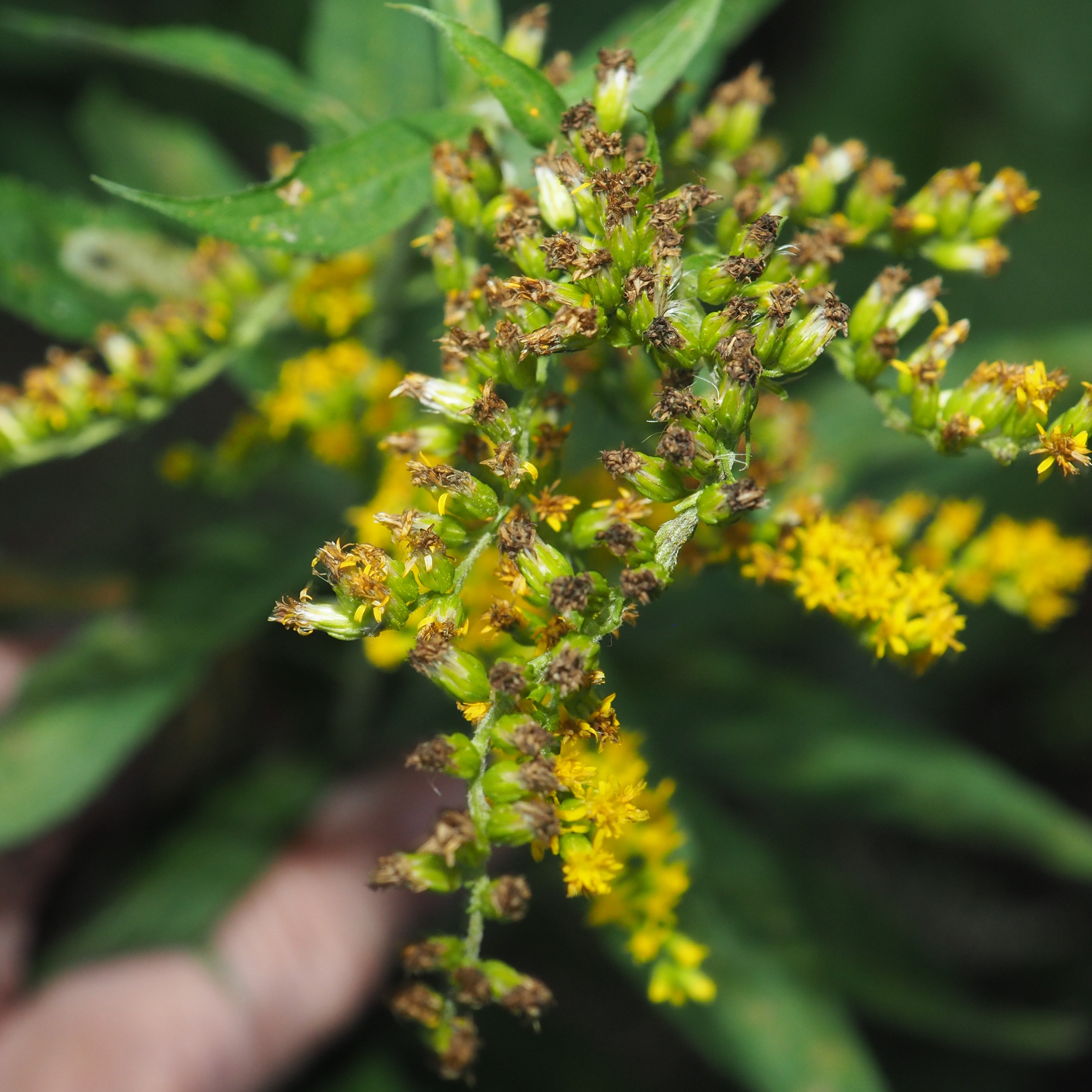
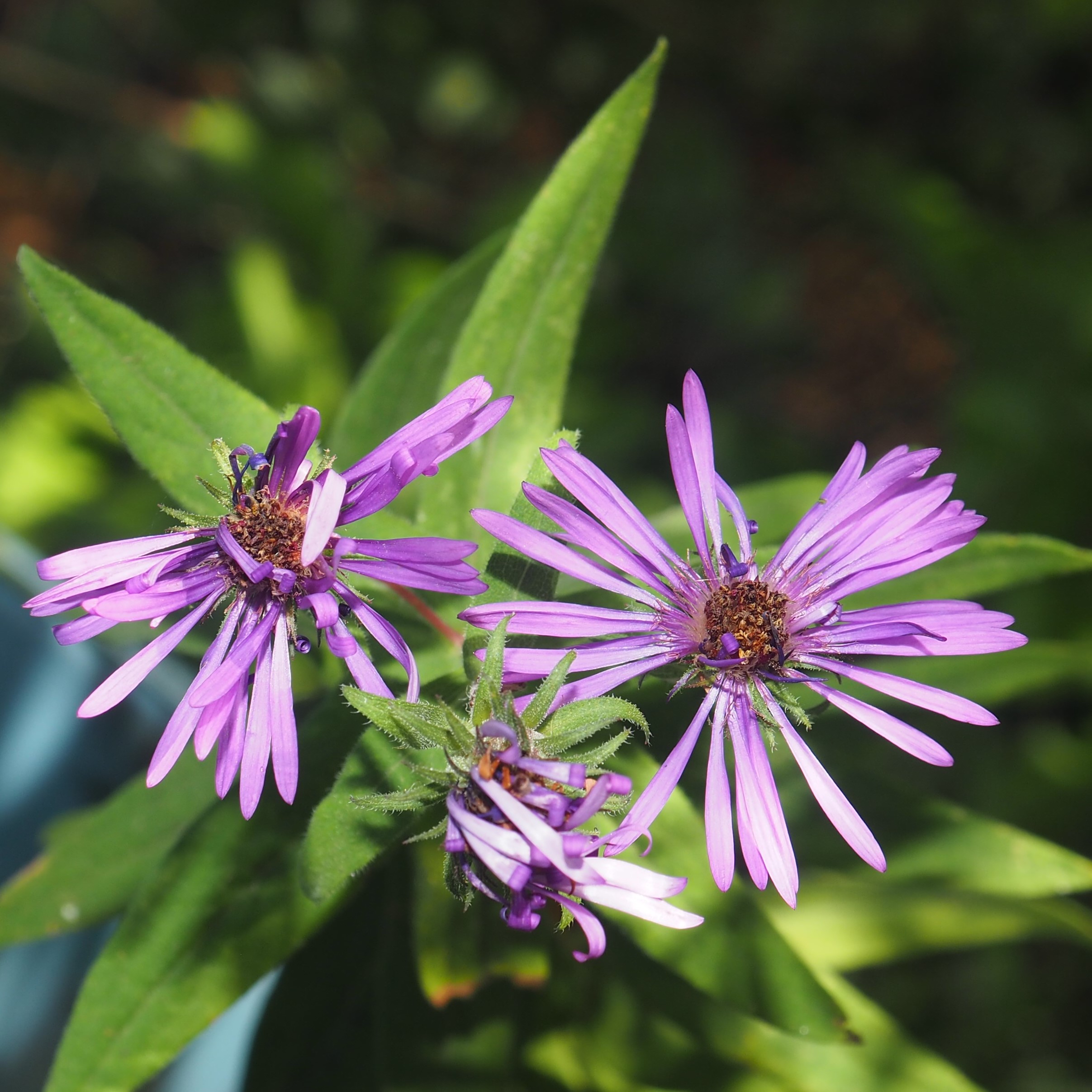
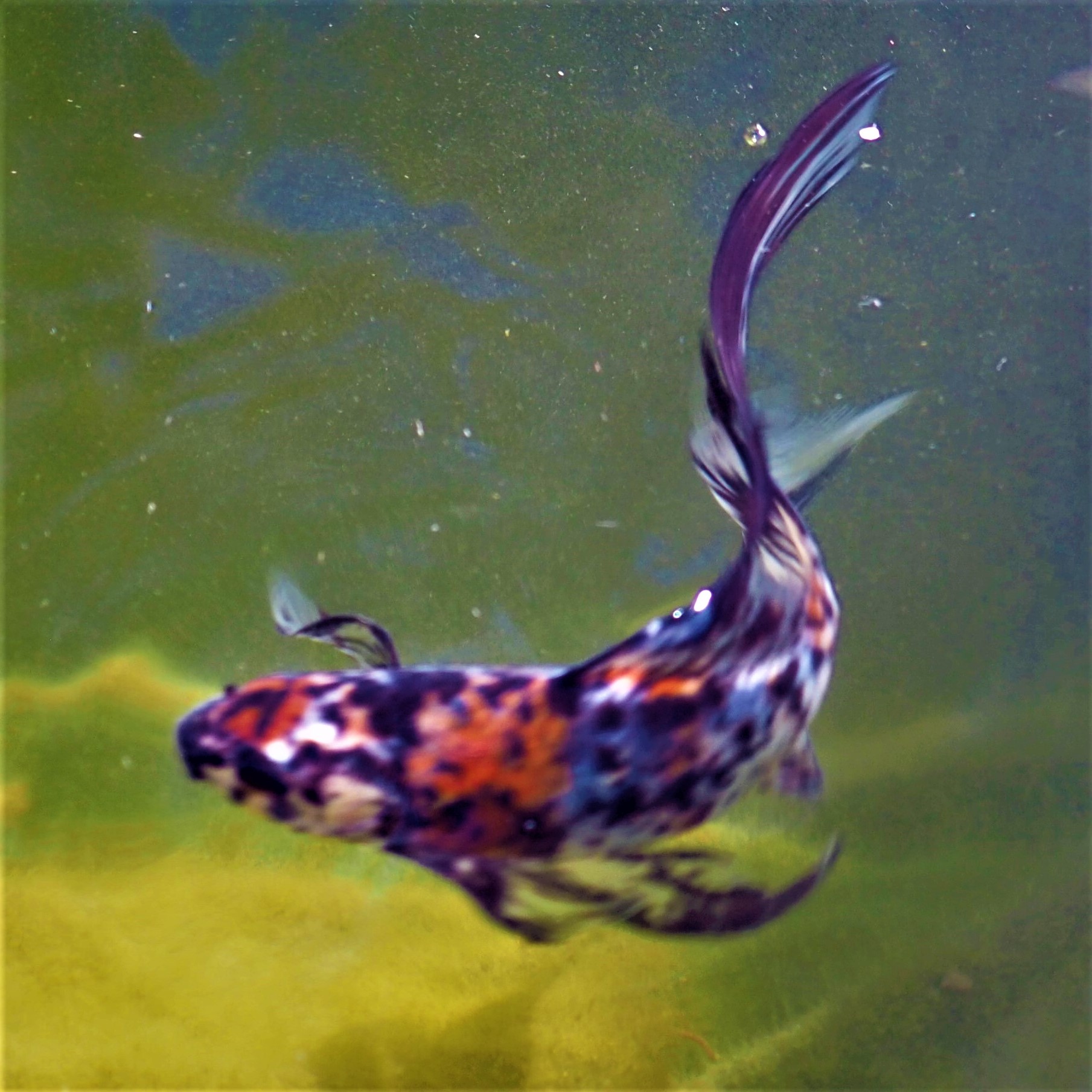
Remember that there is information in the name of the file for each image. You can see it by mousing over the
image - look at the lower left of the screen. Or you can click on the image to get to the (usually) larger image.
Then the info is displayed in the address line above. Sometimes the second click will actually display a
different view of the original image.
The Ants are harder to find and especially hard to identify. This first one belongs to a large group of related Ants, and is a member of Wood, Mound, and Field Ants (Genus Formica). Second is a Small Honey Ant, and these are the easiest to find on the North Wall especially these days.
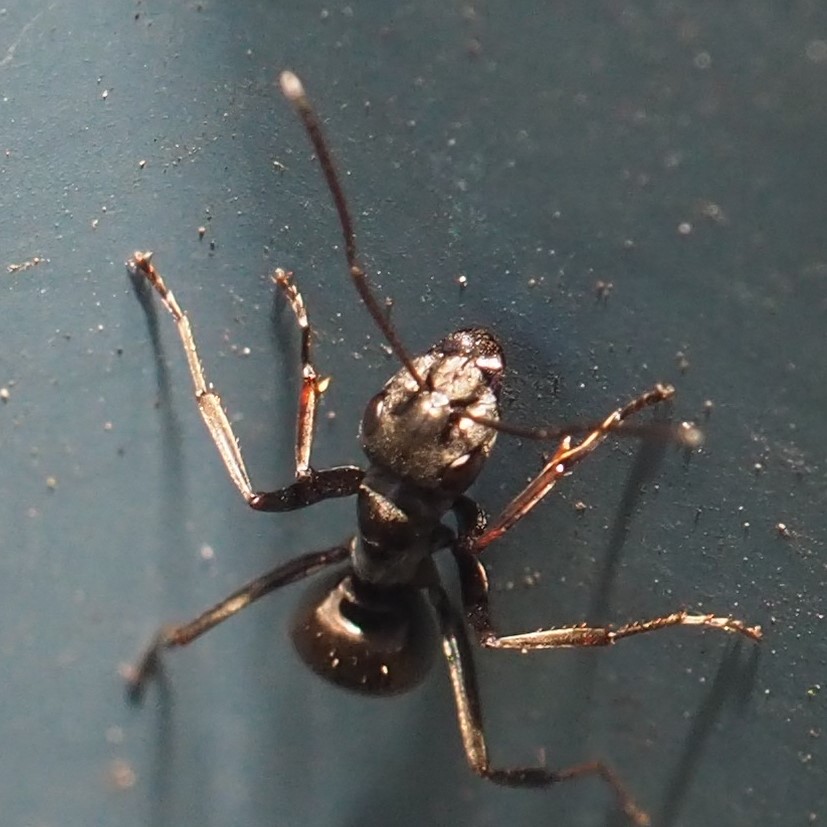
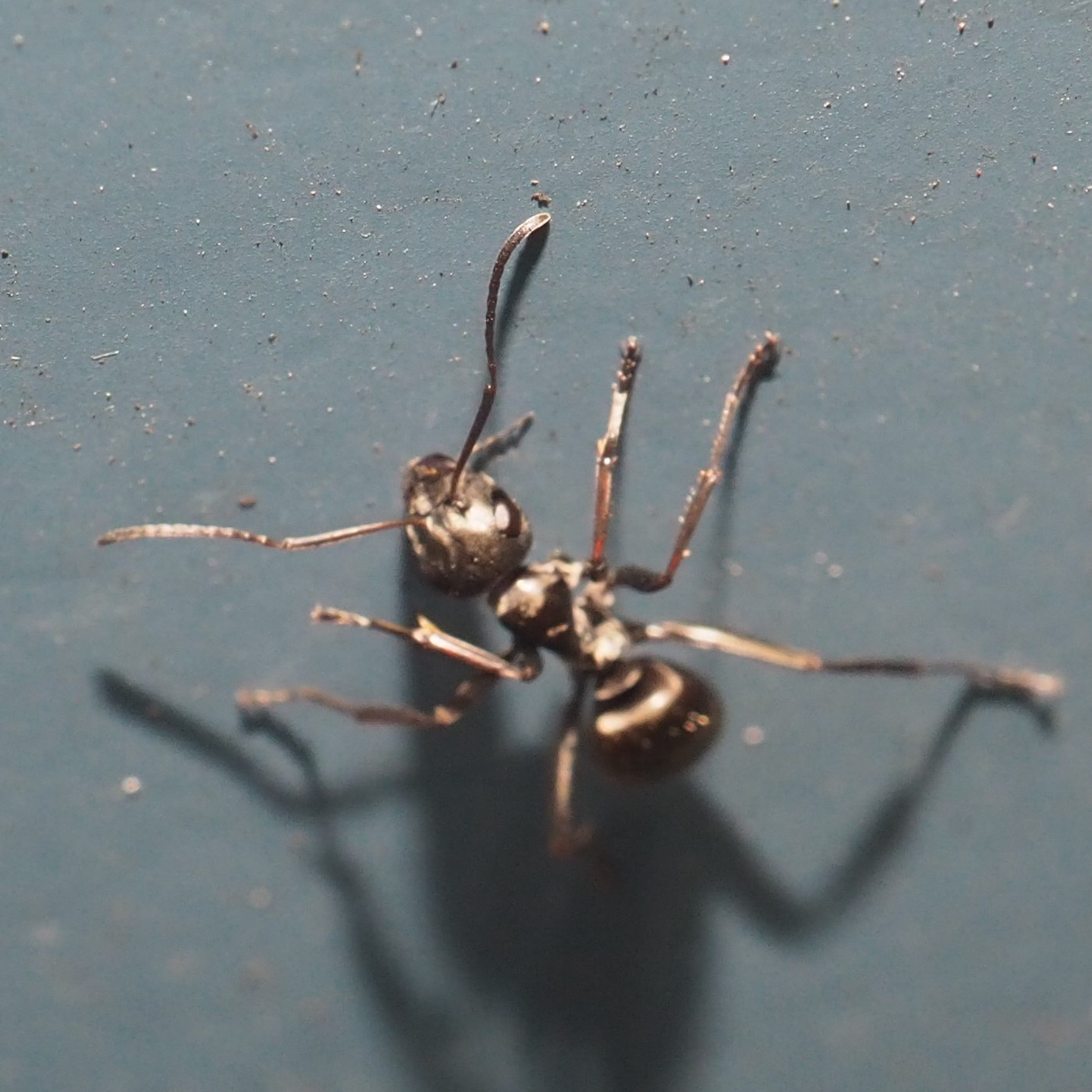
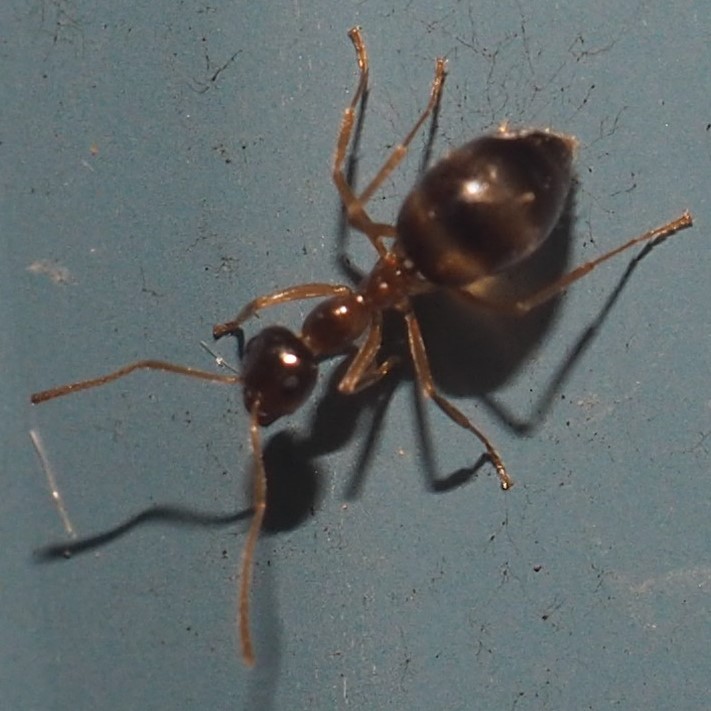
The Common Bagworms struggle up the South Wall particularly. But this second one is doing a really hard horizontal climb on a Goldenrod stem.
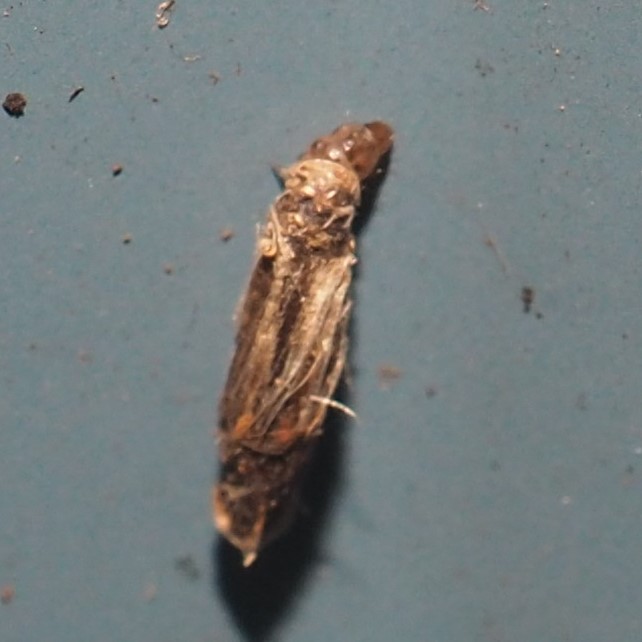
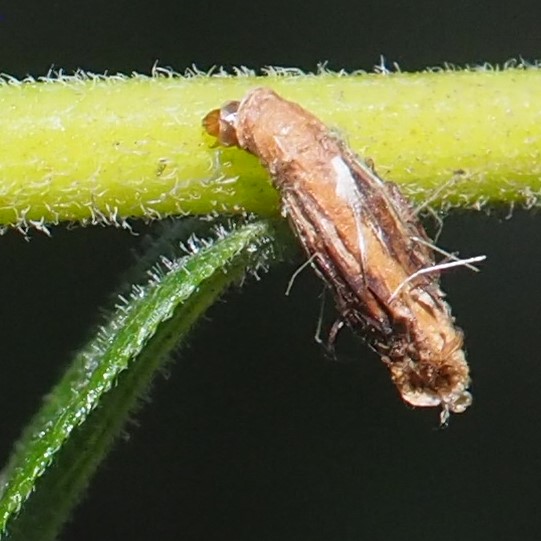
The Barklice seem to be thinning out too. But there is one species that never seems to go out of fashion. That's our Graphopsocus cruciatus. There are plenty of nymphs, and plenty of adults too, on all the walls except maybe the West Wall. These eggs were found today on the Western end of the North Wall. My personal favorite of all the adult Barklice is this species.
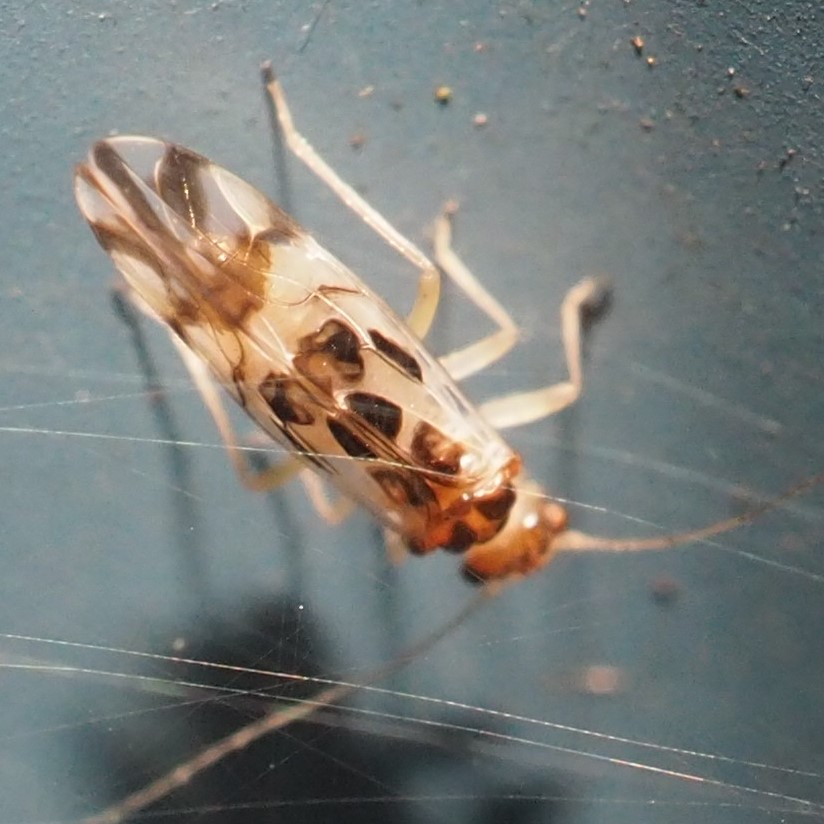
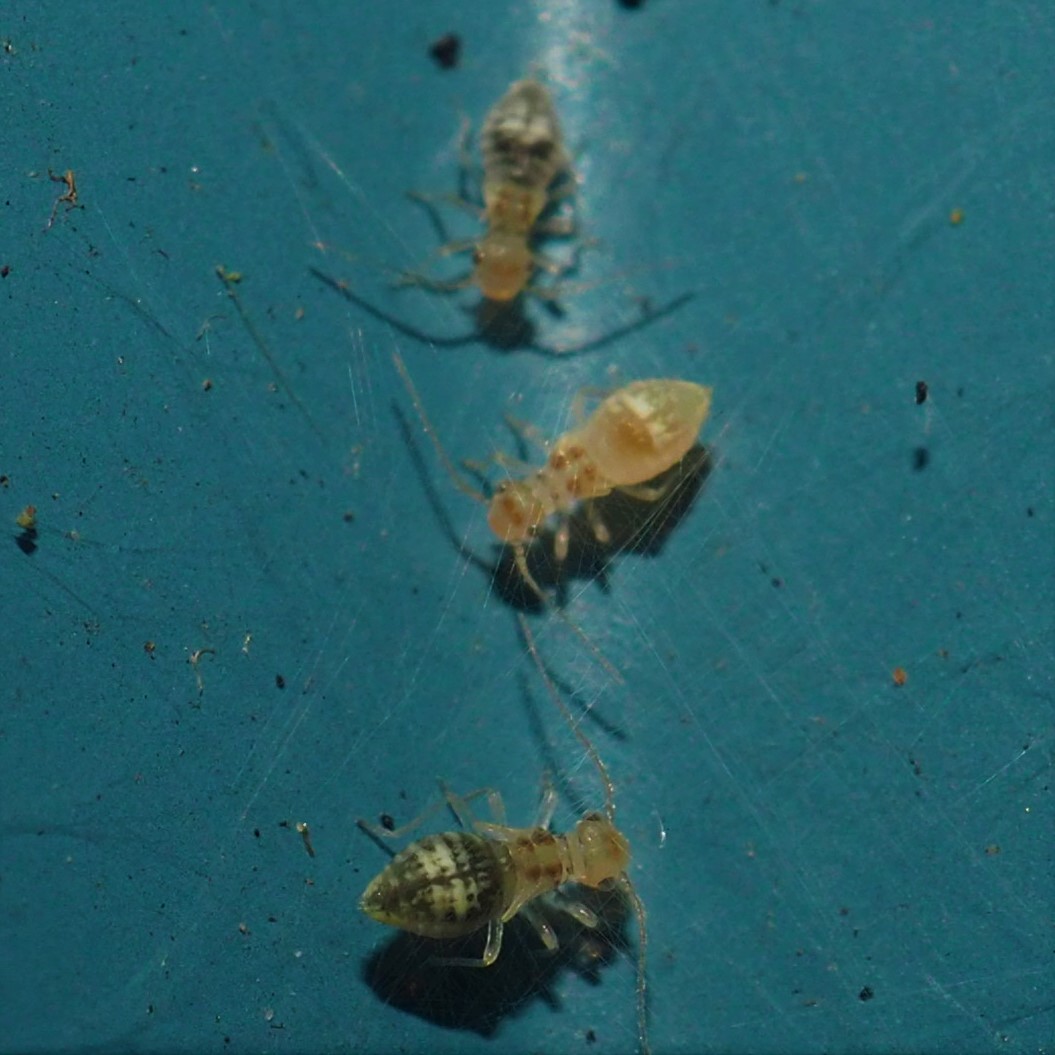
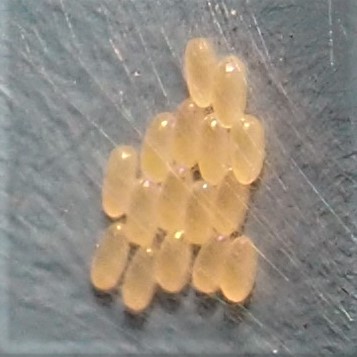
Of course, the Valenzuela flavidus aren't bad either. Here's one of the bright yellow-eyed adults. And then a red-eyed adult. These guys are trying to beat out the Graphopsocus! Third is a red-eyed nymph, and fourth is a black-eyed nymph. Can that be right?
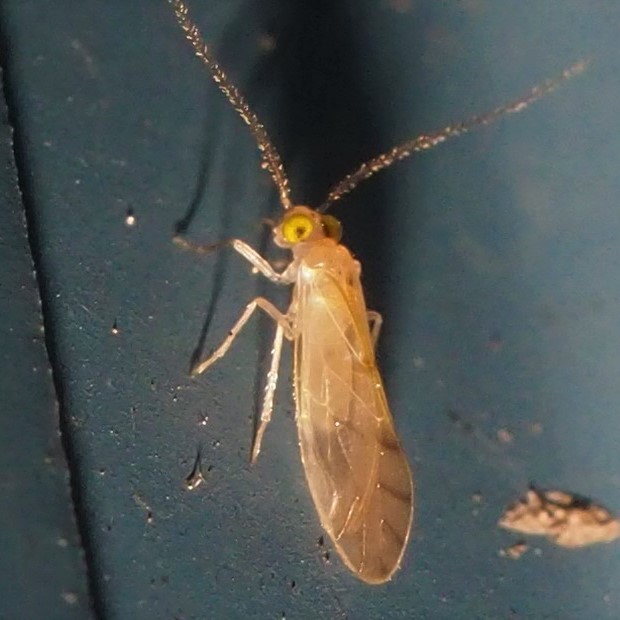
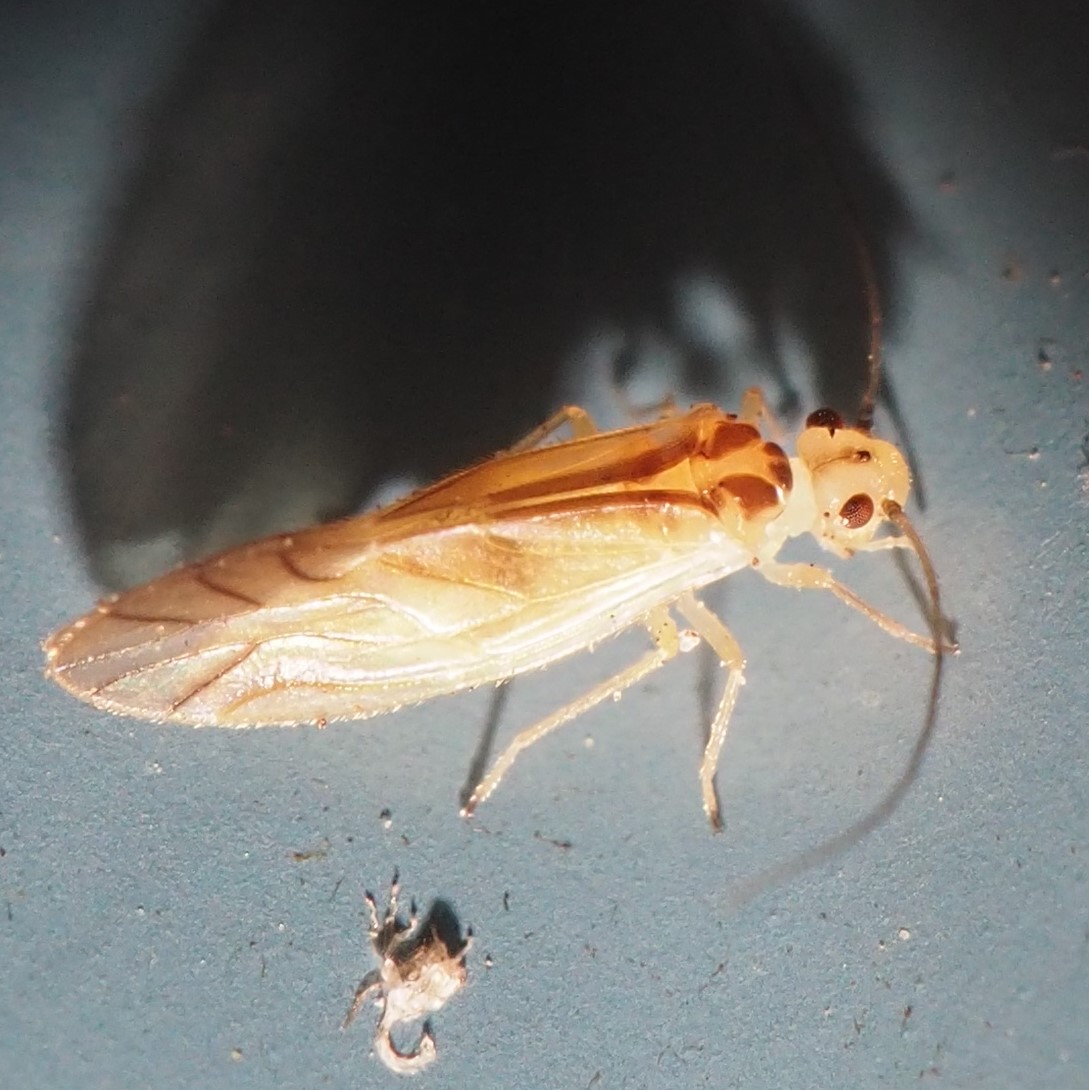
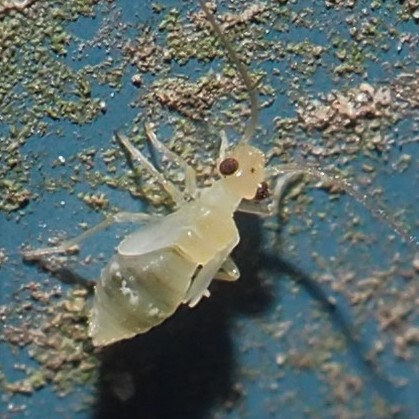
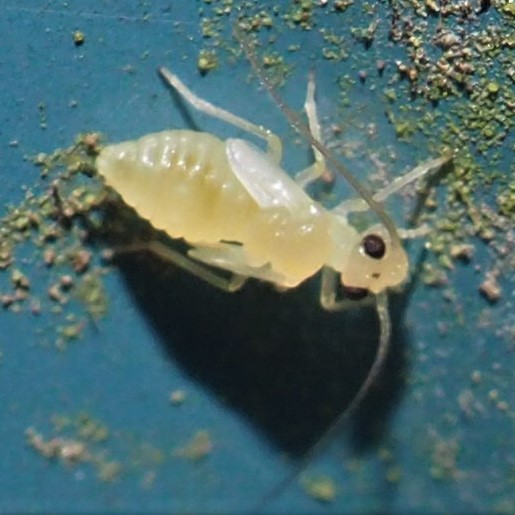
But the Polypsocus corruptus adults have begun to show up, even though I totally missed the nymphs. A mystery Barklouse laid these brown (almost black) eggs, and last is another kind. Wonder what lurks inside these eggs?



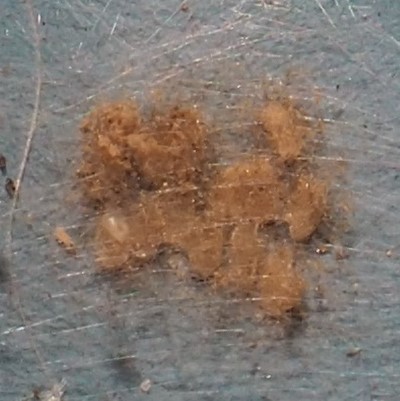
The Ectopsocus meridionalis eggs are slowly releasing their nymphs. Here is a set of eggs that has just hatched another Ectopsocus nymph. This is on North panel 8, and the dates are October 17, 18, and 19. In the middle picture there are a couple of what look like minuscule Ants. (You may have to click on the picture once or twice to enlarge them.)

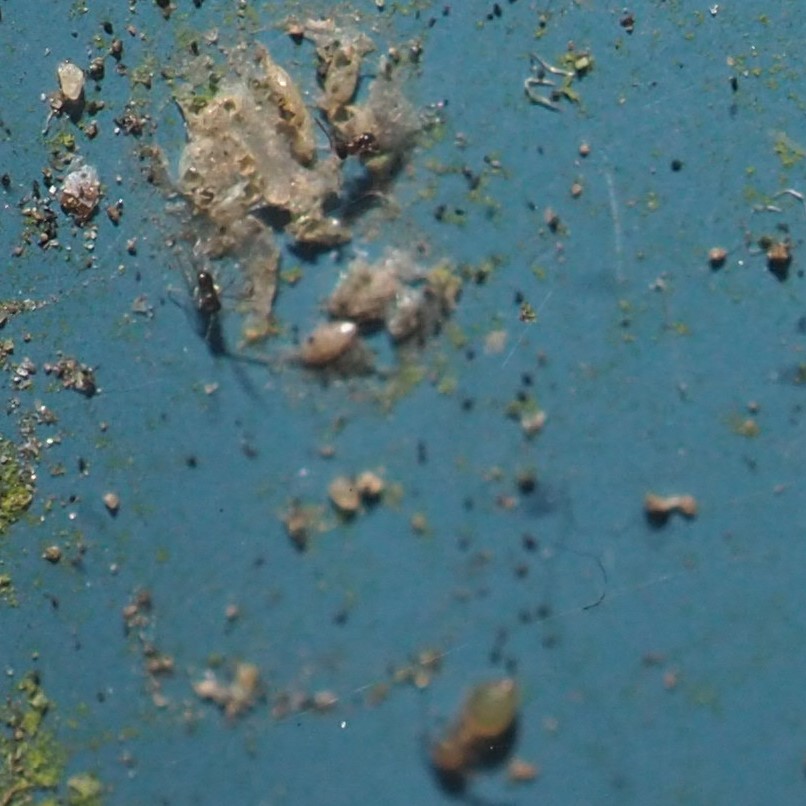
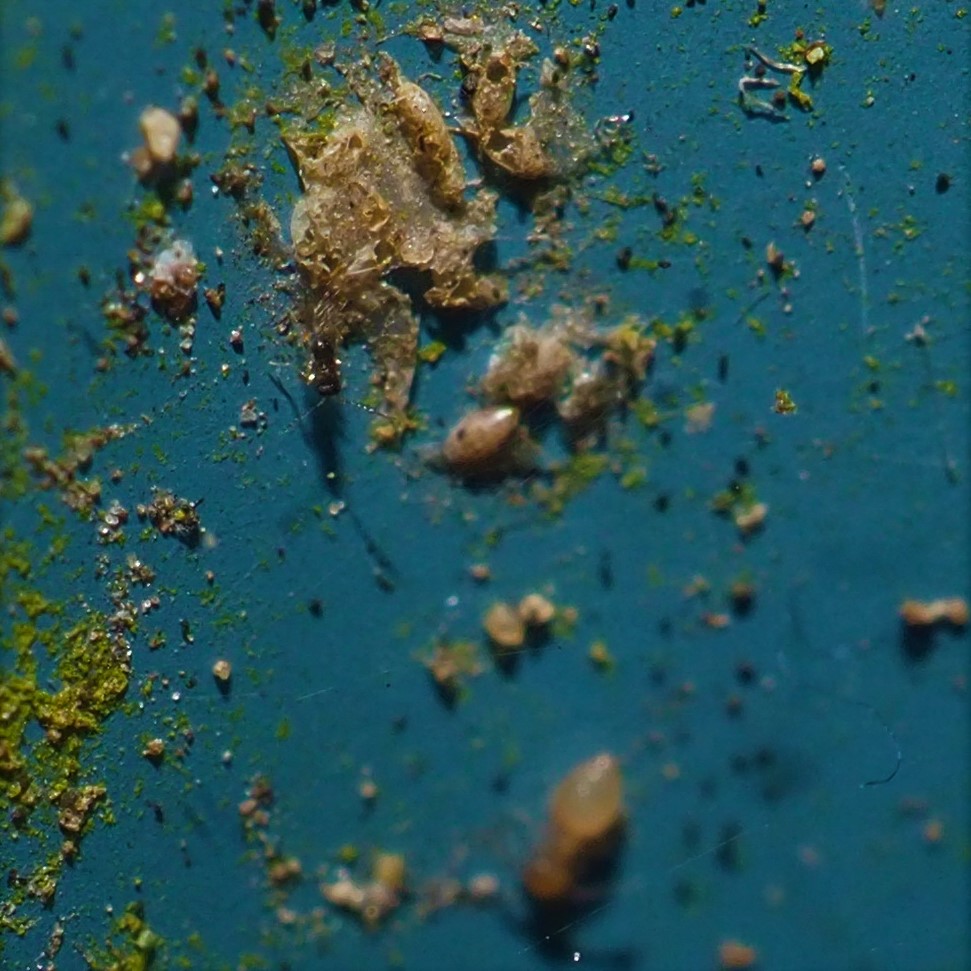
Here are some of the week's Beetles. First, a Striped Cucumber Beetle in a very late-blooming Goldenrod spray. Then a red Beetle, still unidentified. And then a very roundish Beetle, also not identified yet.
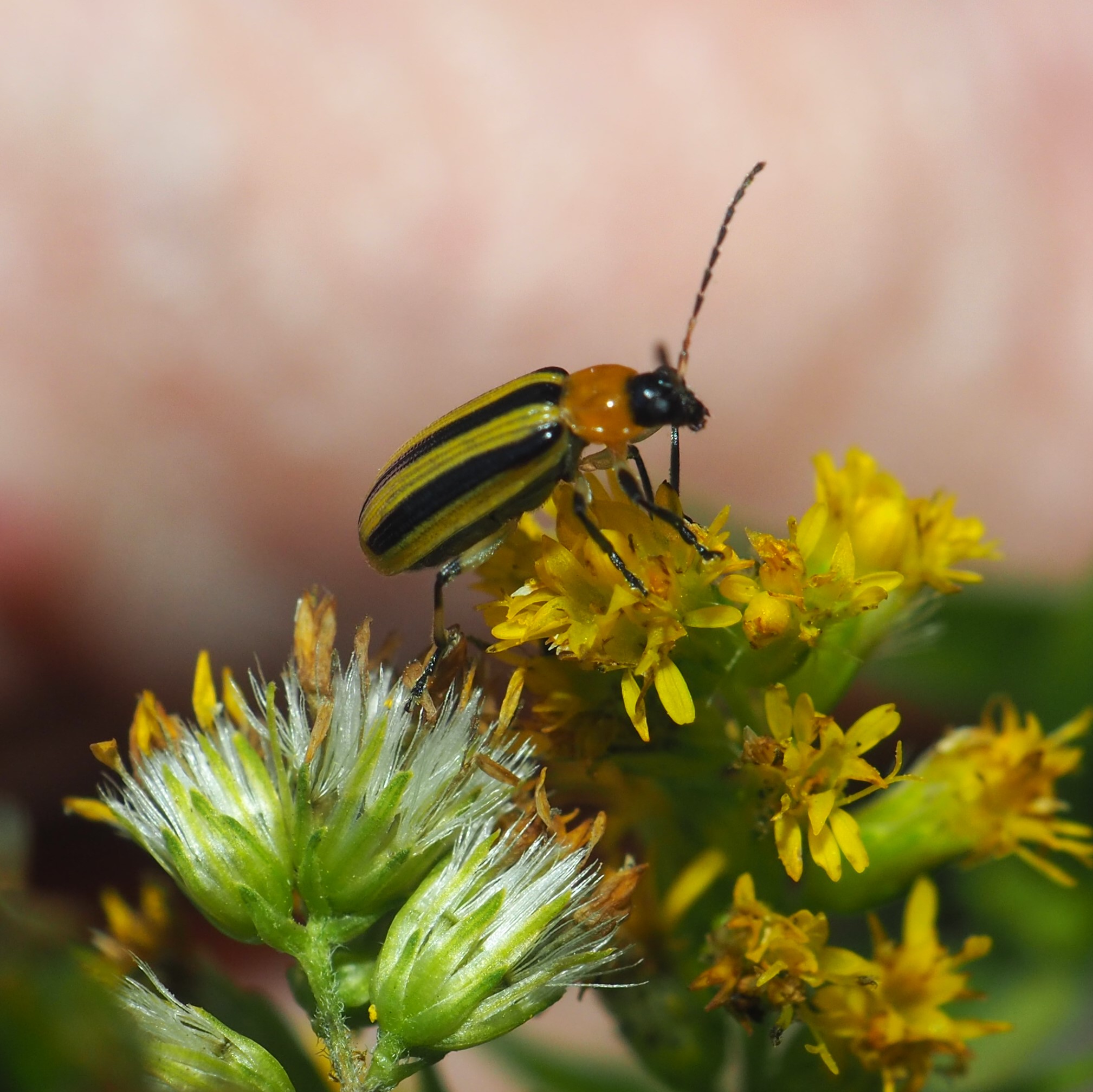
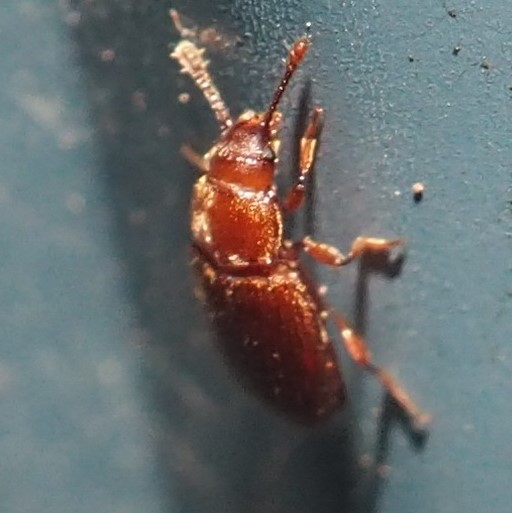
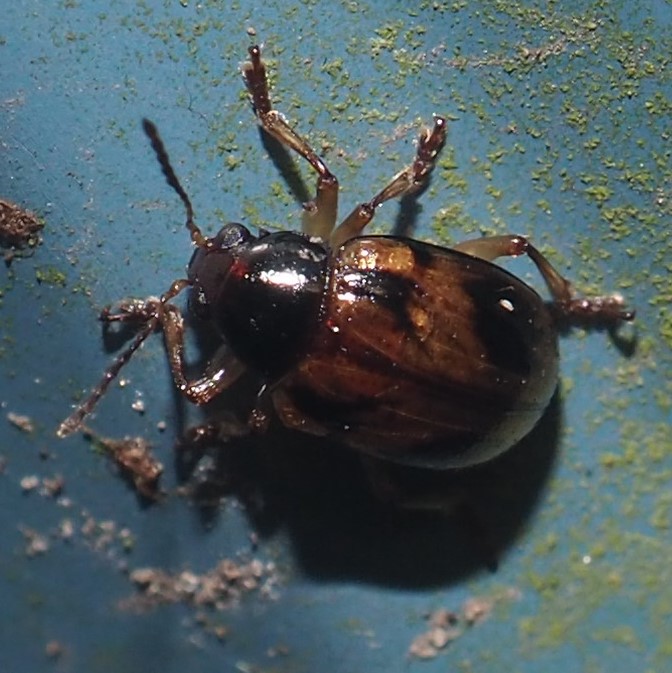
Here's a little black Beetle. And then the weevil known as the Redbud Bruchid. In case you have forgotten, a bruchid is a weevil that eats the seeds of a legume (like a Redbud), whose seeds are stored in pods. Another note that you might need to know is that the Redbud "tree" is really related to peas and beans.
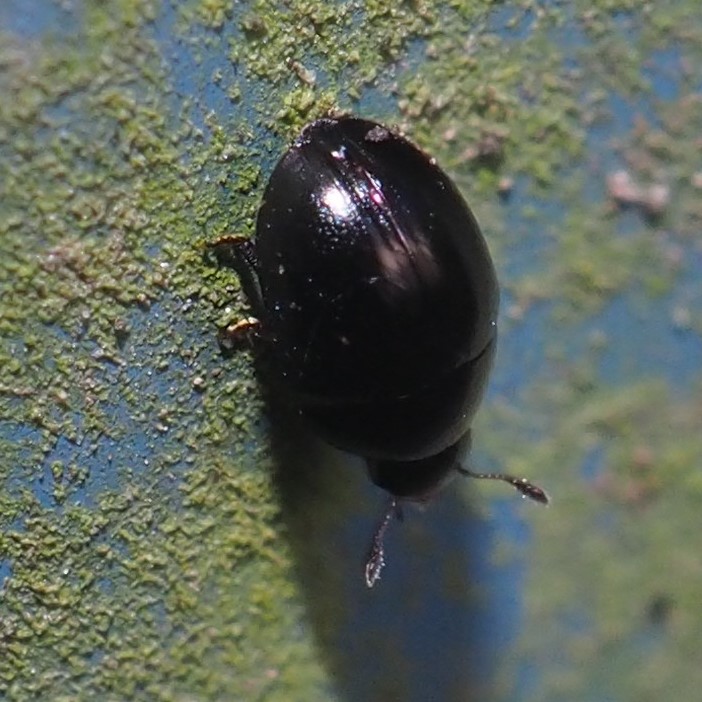
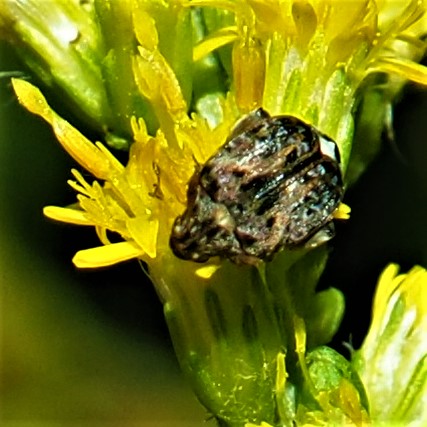
Now for the Bugs. Good news! The Pale-green Assassin Bug (Zelus luridus) is back. Second is a black Bug. In case you had to think about whether this was a Bug or a Beetle, here is a rule of thumb taught to me by @borisb of iNat: Bugs have usually 4 or fewer segments to their antennae, while Beetles usually have more, or many more. Third is a very small black Bug, maybe a Plant Bug, all over this Goldenrod fragment. Fourth is an Eastern Boxelder Bug.
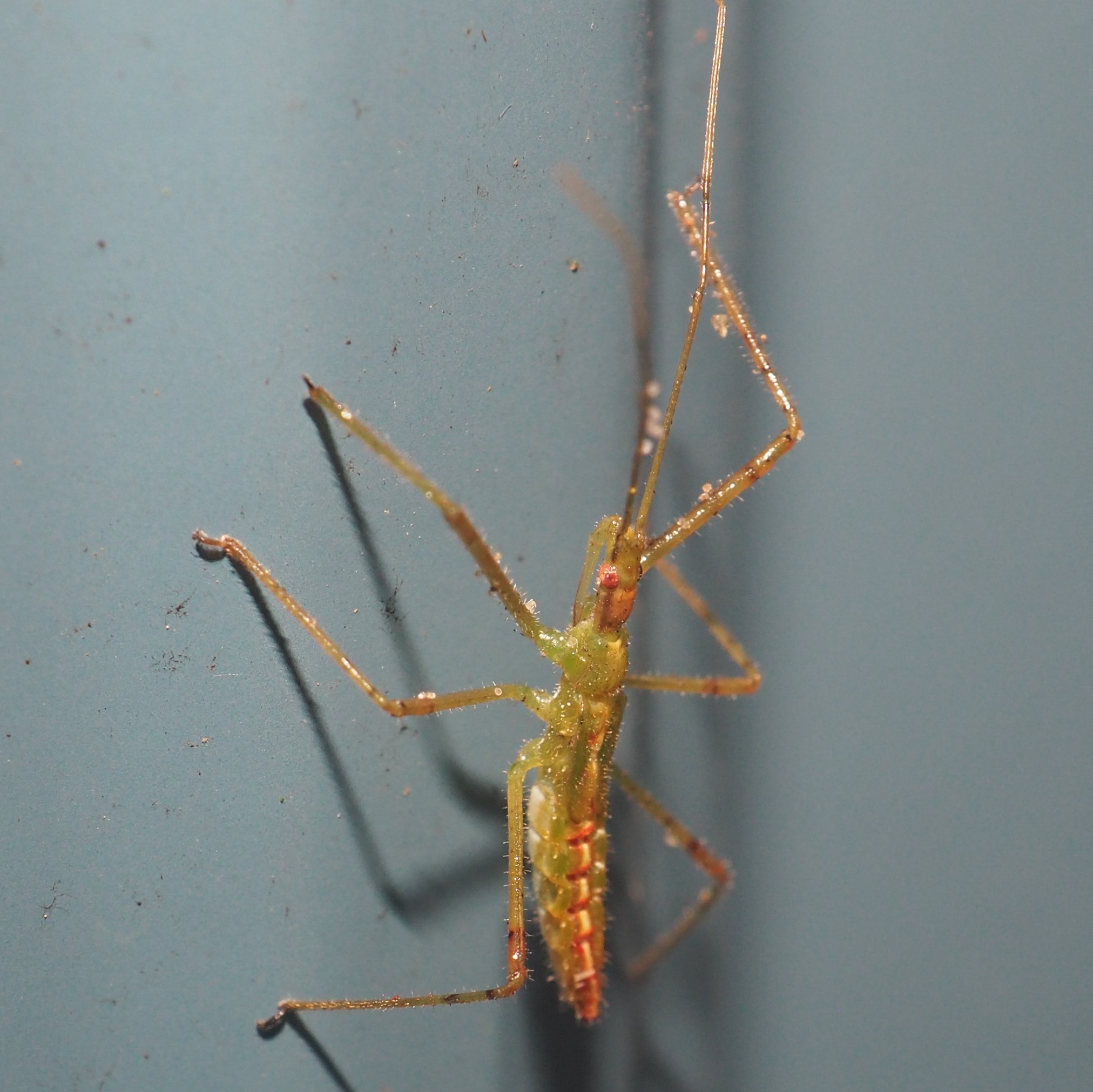
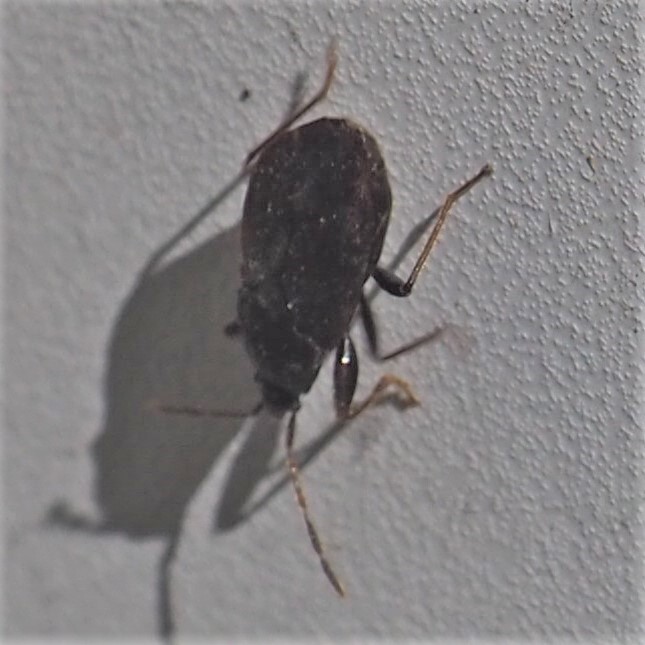
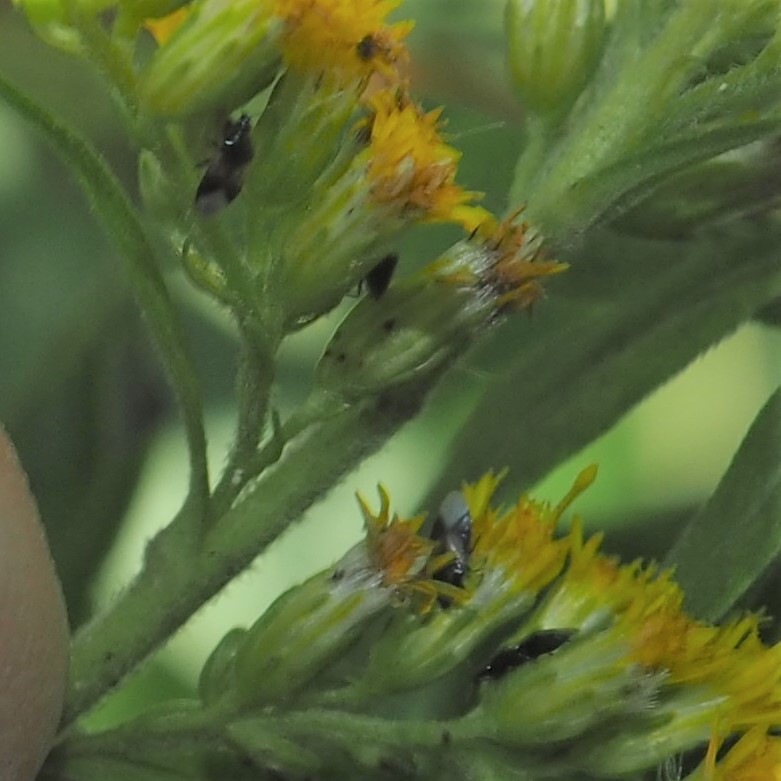
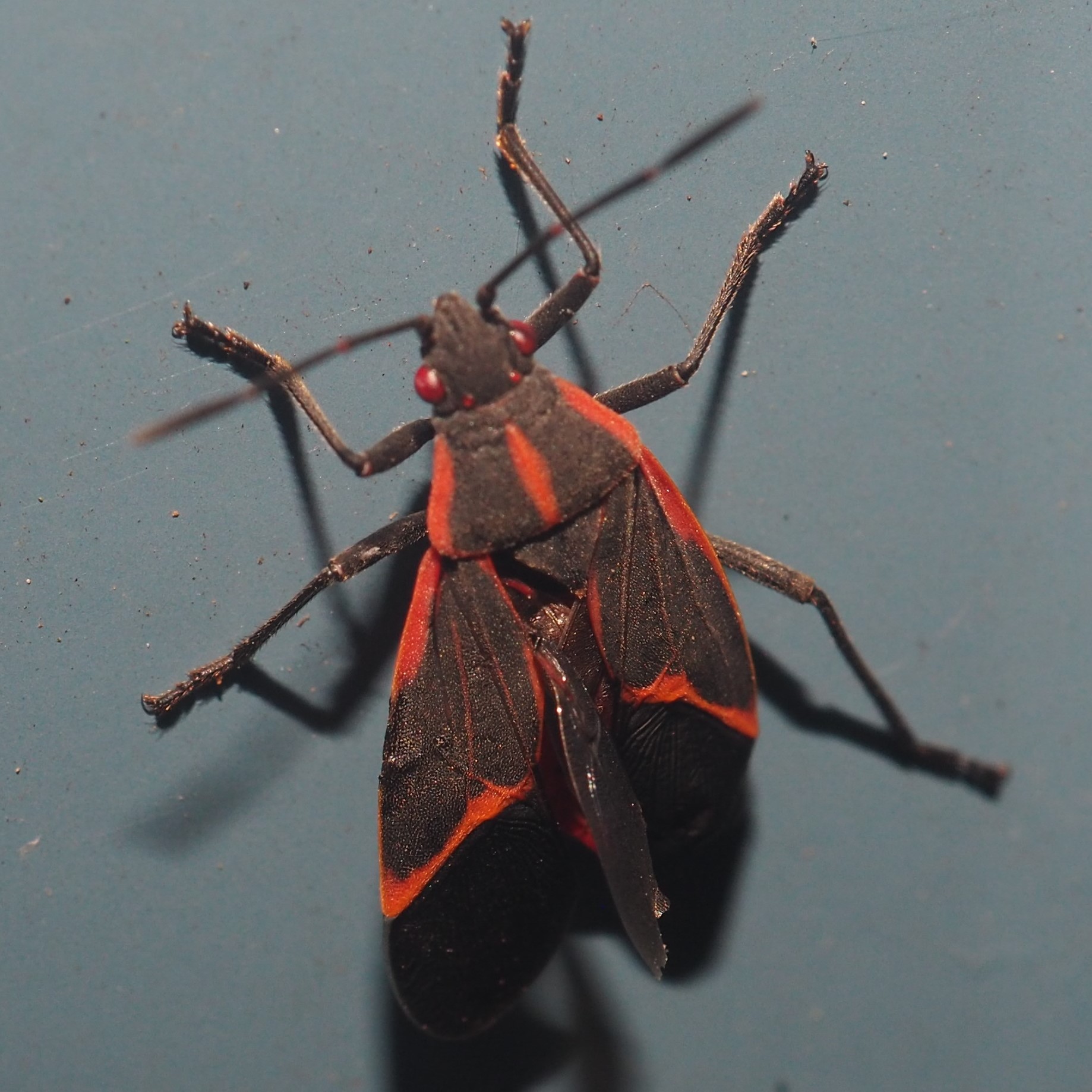
First up: our old friend Drymus unus. Second and third are a Leafhopper nymph, identified by Kyle Kittelberger as belonging to Subfamily Megophthalminae, which includes the genus Agallia. It is a very young nymph but it can walk fast. I thought of calling it "Vincent Van", so we could say, "Look at Vincent Van go!" The walking image is many times larger than the real Vincent, who might be as small as 0.5 mm.
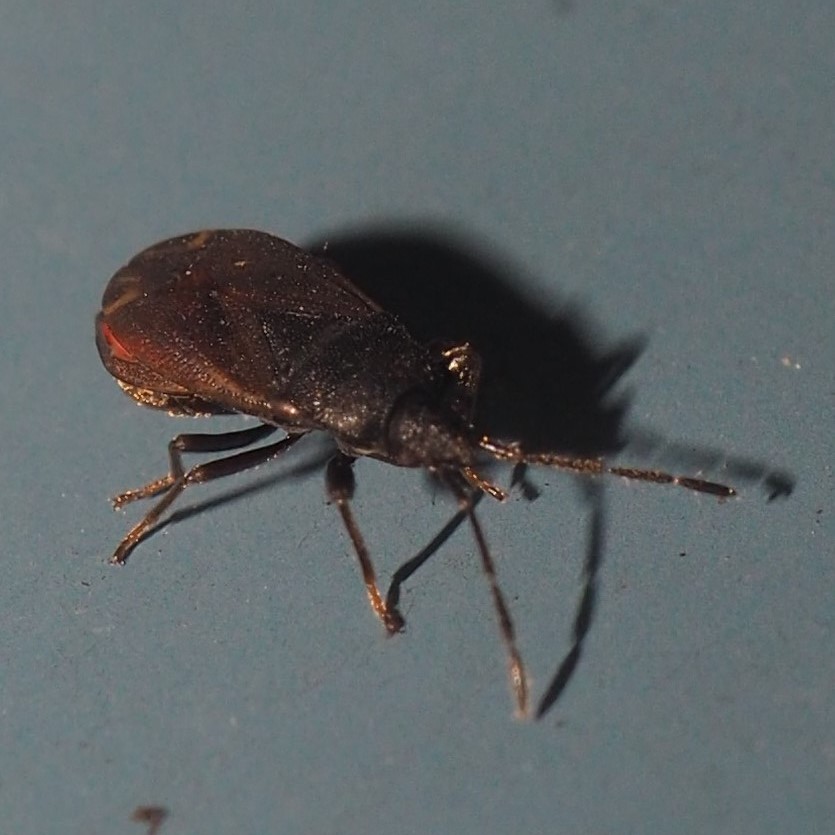
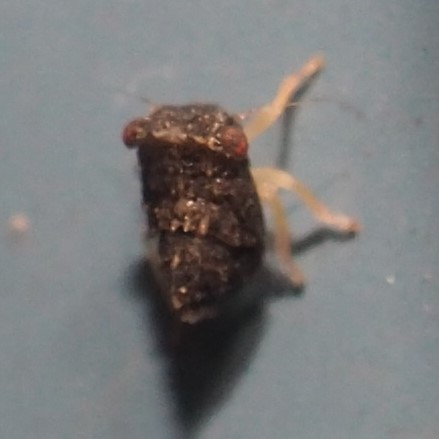
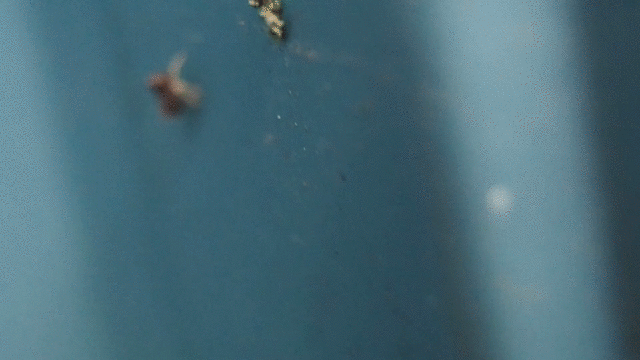
Let's see the Leafhoppers, which love to gather on the Wall, particularly the South and East Walls. First here is Erasmoneura vulnerata. Then come one of the Eratoneura genus, and next Eratoneura affinis. Last is Eratoneura ardens (burning).
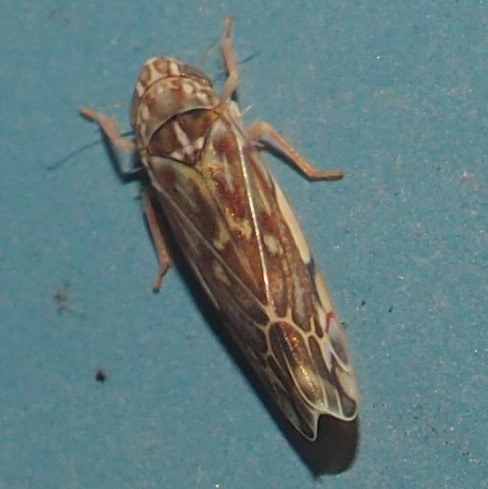
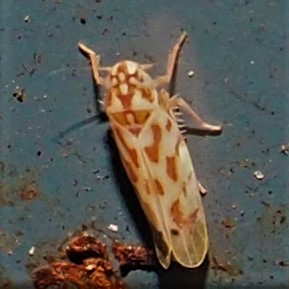
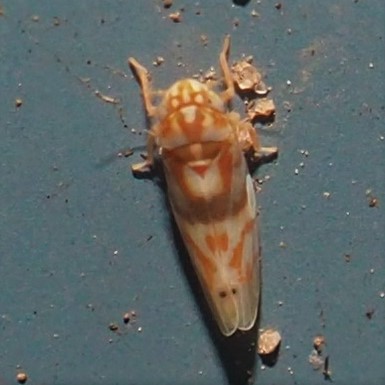
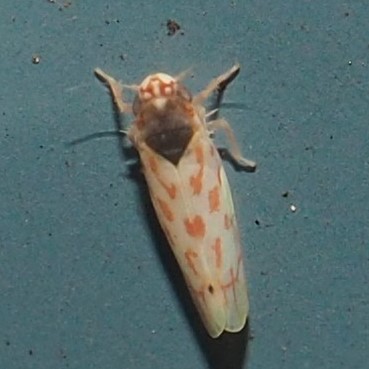
Here is a Leafhopper of genus Erythridula, followed by variations on genus Erythroneura: E. infuscata and E. vitis (the Grapevine Leafhopper). Finally, our new Leafhopper of the season: Hymetta balteata.
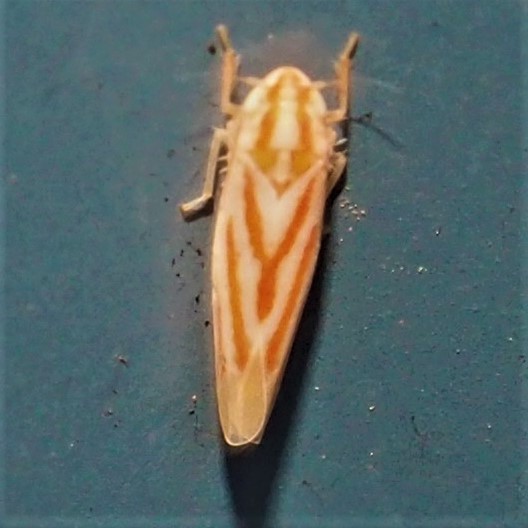
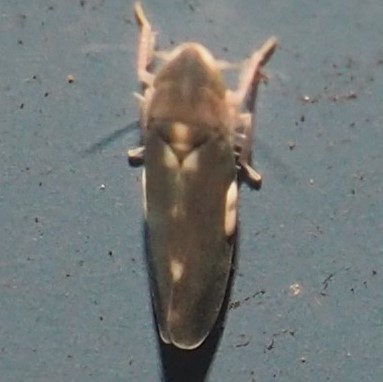
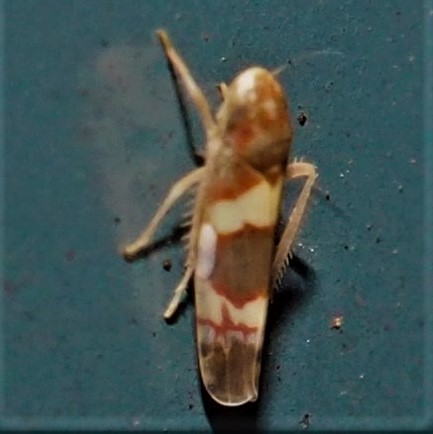
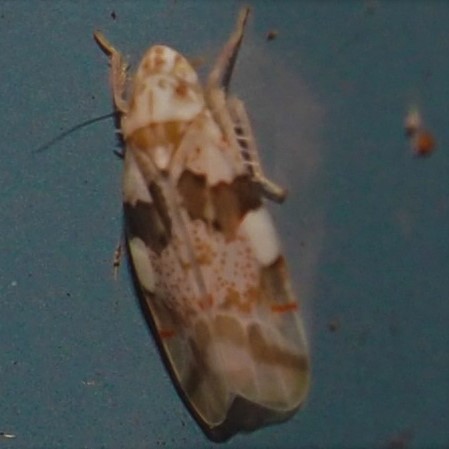
Here is a tiny Plant Bug. Next is a Stilt Bug. If you, like me, thought the antennae must be many segments long, look again. There are TWO very LONG segments! Number Three I thought was Leptoglossus oppositus. But @kgrebennikov differed and assigned it the name Western Conifer Seed Bug, Leptoglossus occidentalis, which we saw a couple of weeks ago. Last is still a mystery to me, but it's a Bug anyway.
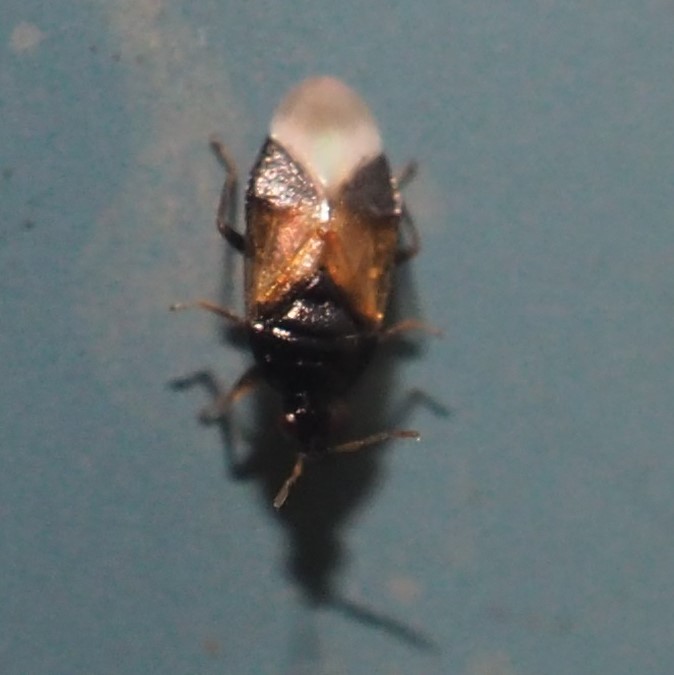



One more Leafhopper. That is the new one we first saw last week. Here are some of what I assume are Bugs, still kicking in the last remaining Goldenrod.


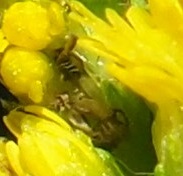
Now I suppose you are clamoring for the Flies! First we have two Fungus Gnats mating. So if you thought mating was a springtime or summer activity, here is a counterexample. Second is a black Fungus Gnat with its wings crossed. Third is another Fungus Gnat, and the Fourth is another one.
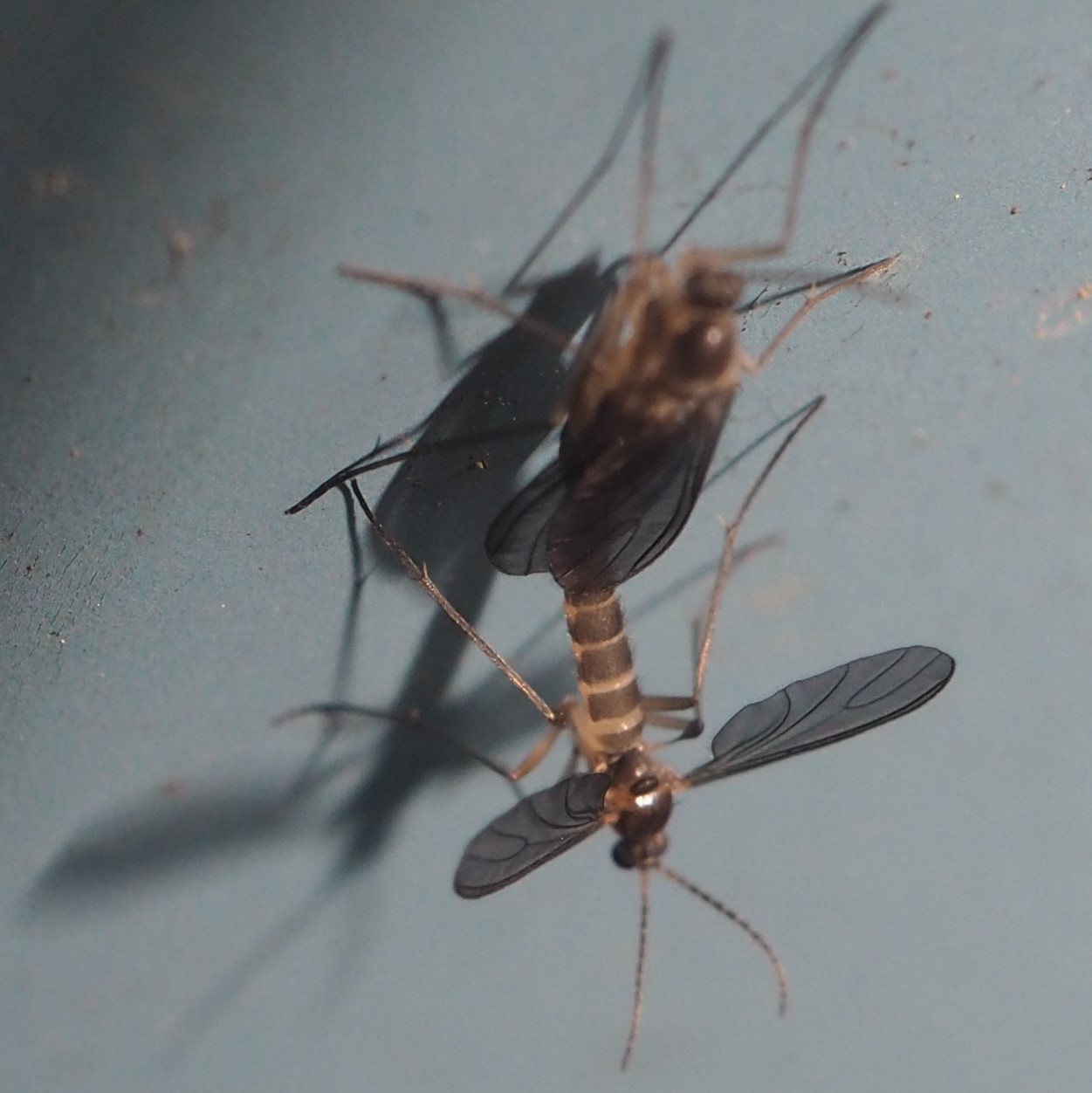
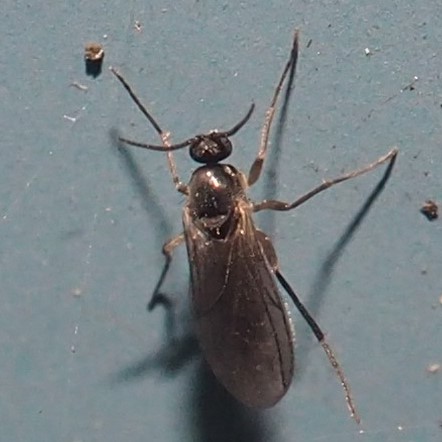
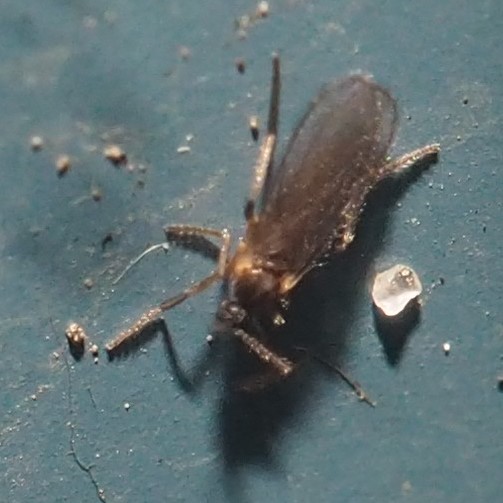
These three Flies are all Crane Flies. First is Limonia annulata, the one that seems to have been hand-printed with a wood block. Then come two mysteries!
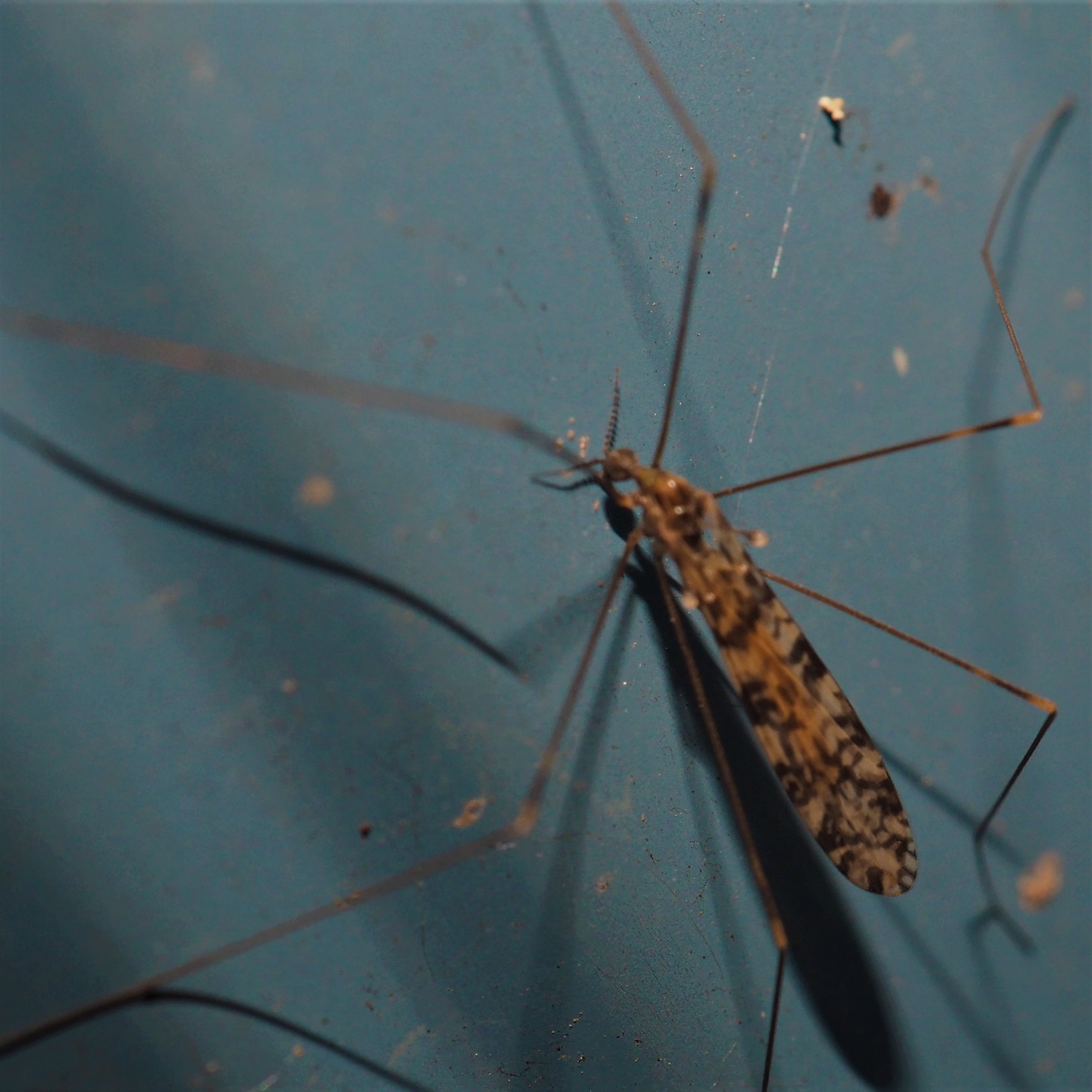
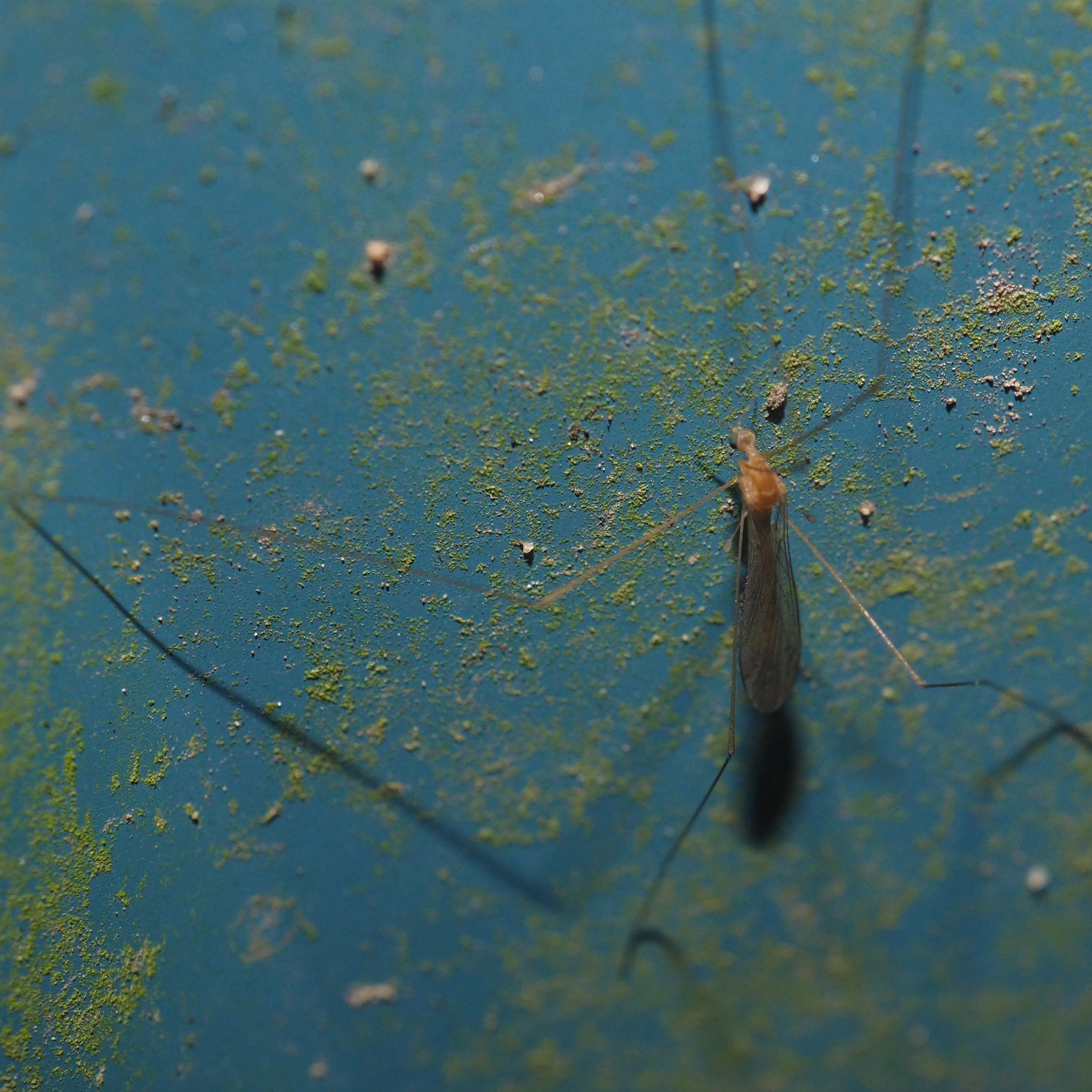
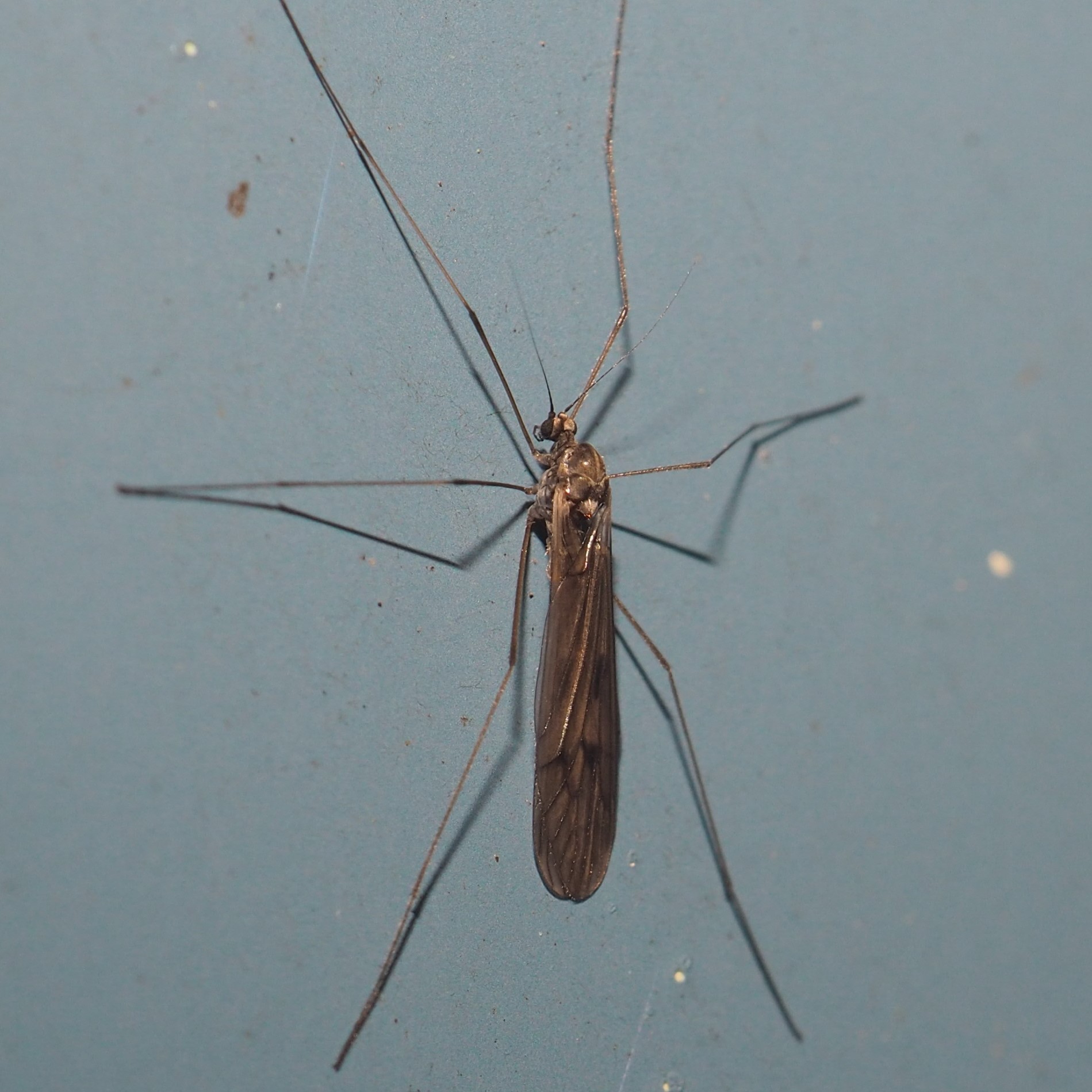
Here are a couple of Midges, one fairly obscure-looking, but the second a very pretty greenish hue. Third is that Bathroom Moth Fly that we seem to have seen almost every day all Summer and now into the Fall.
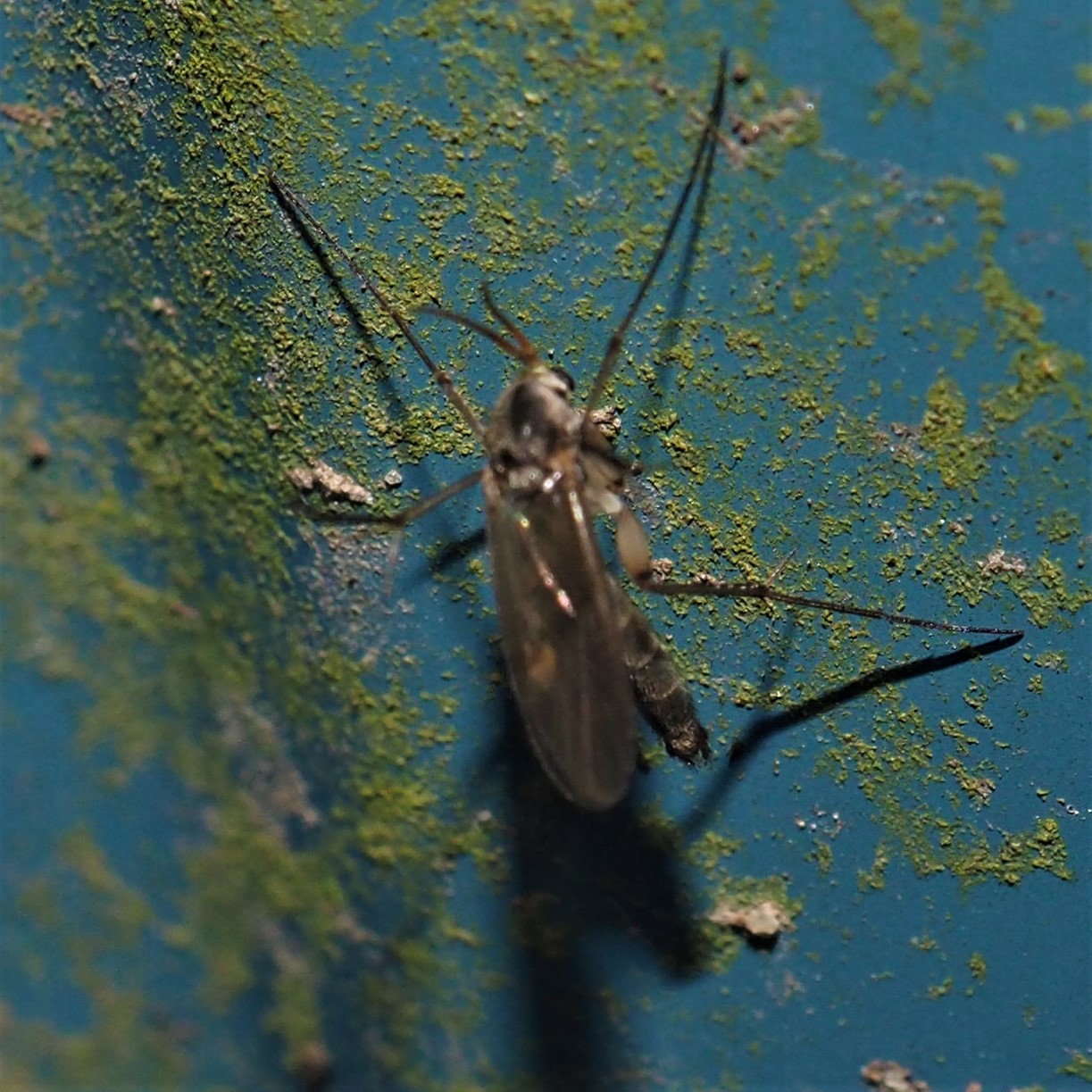


Now for the Mosquitoes. The first one is the Asian Bush Mosquito, Aedes japonicus. The next one's white leg spots tell me it's an Aedes too, but not one I know. The third has very fancy head-wear, that of a male. What would it use to draw blood otherwise? And the last one I can only say is a member of genus Culex, and is typically small in size.
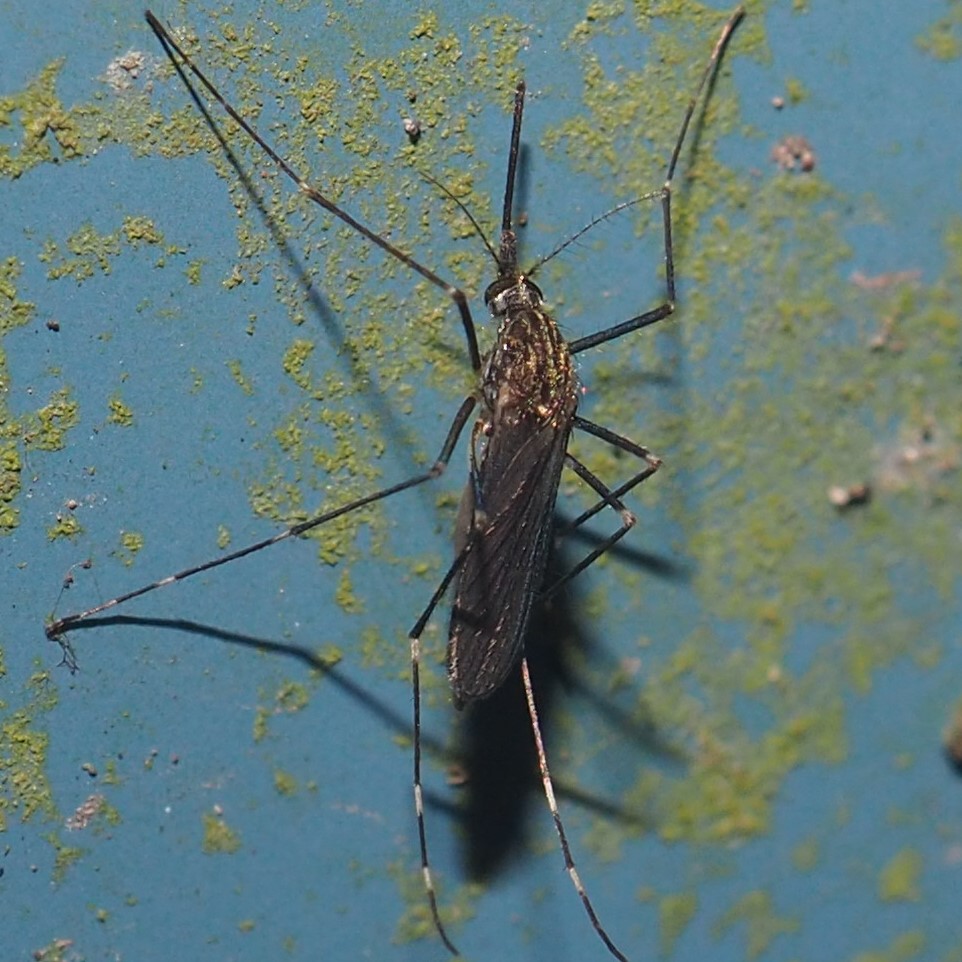
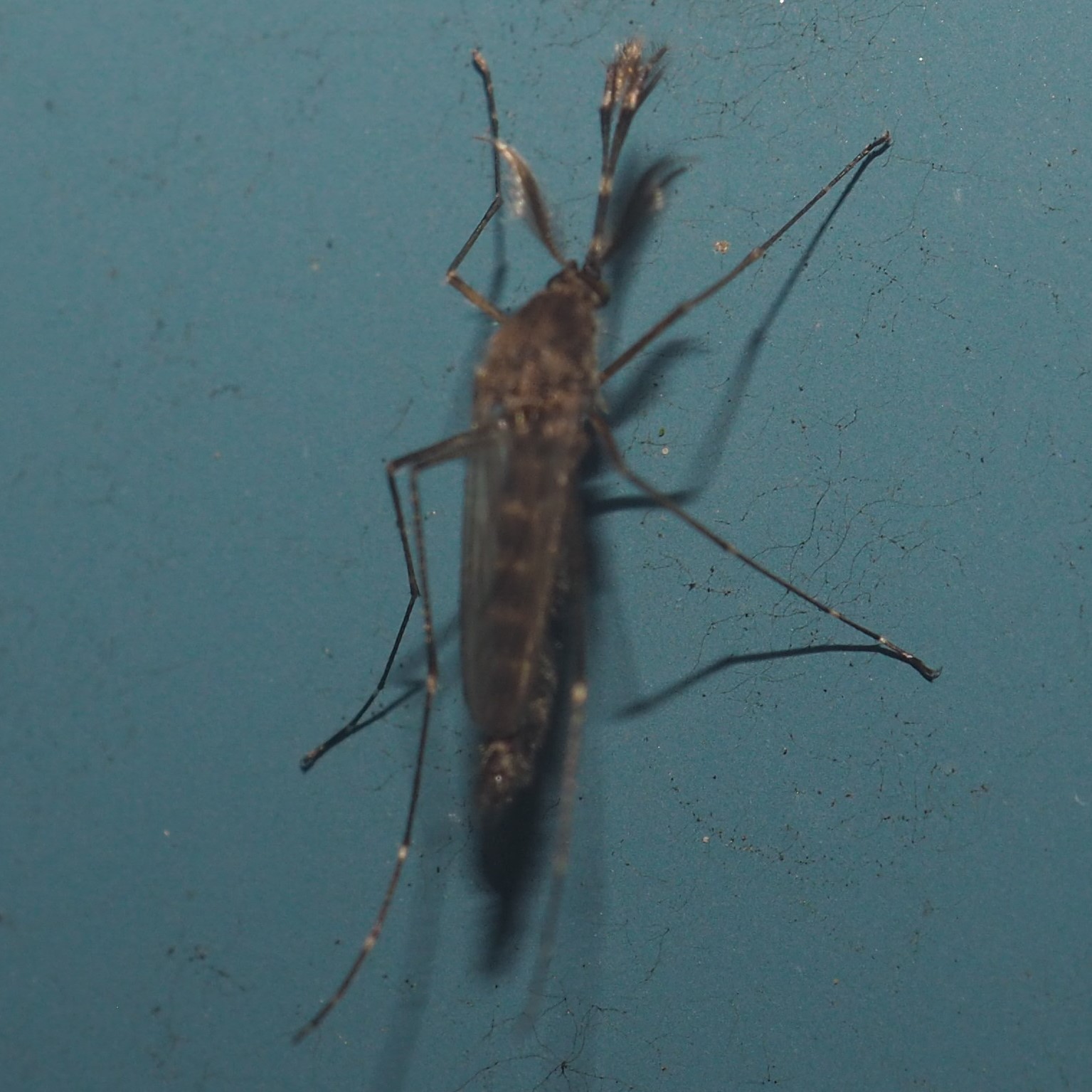
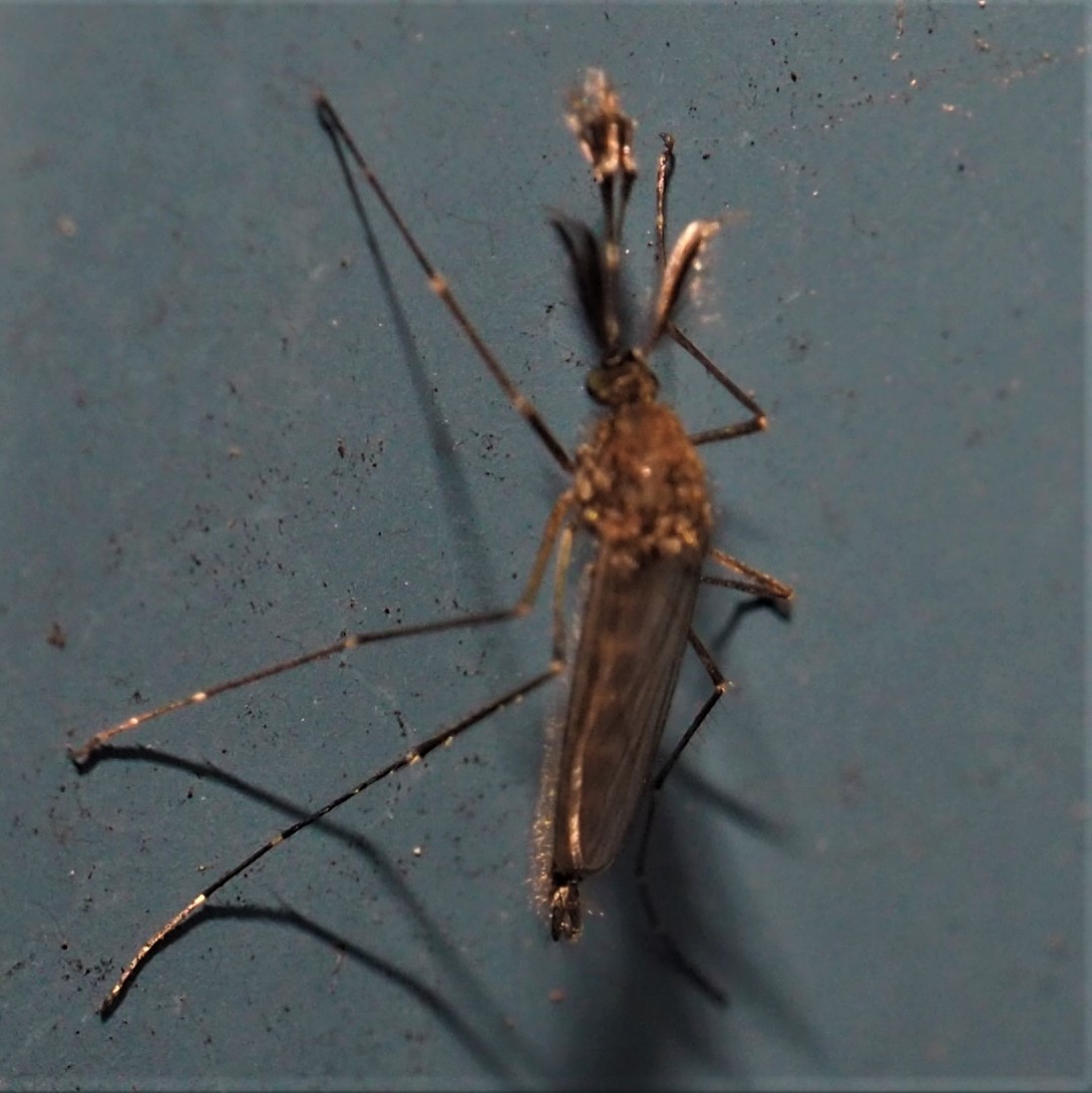

More Flies: All mysteries to me.
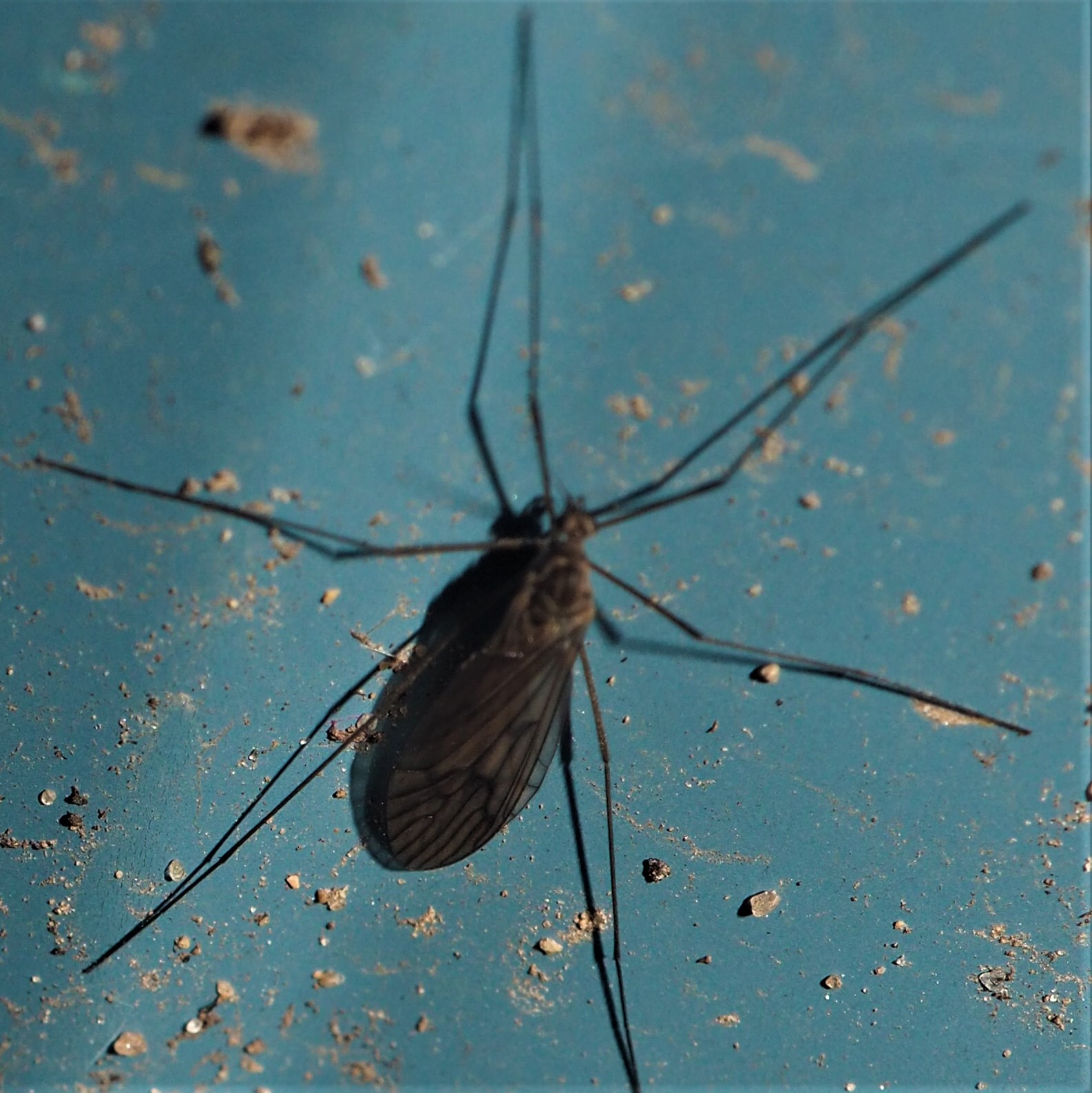

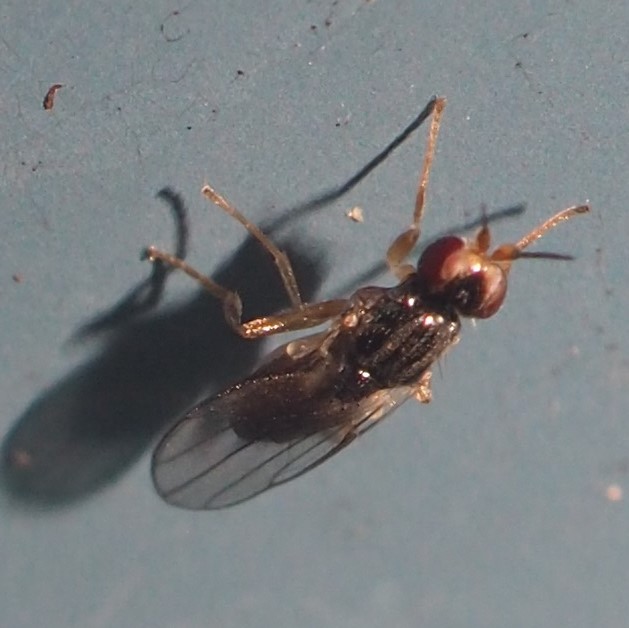
Here are a few new Flies: Numbers 1 and 2 seem to be the same species.
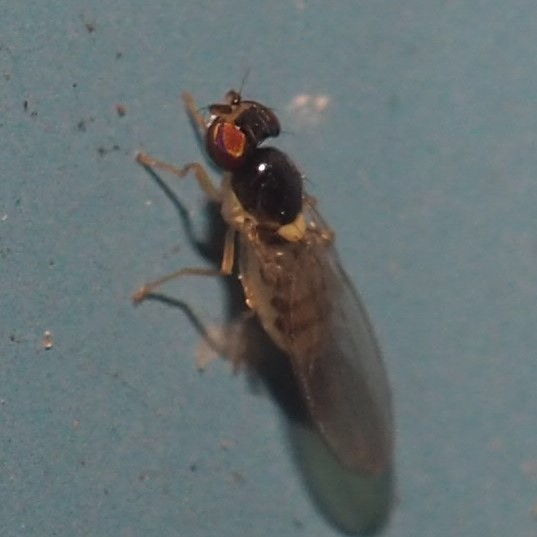

More Flies!
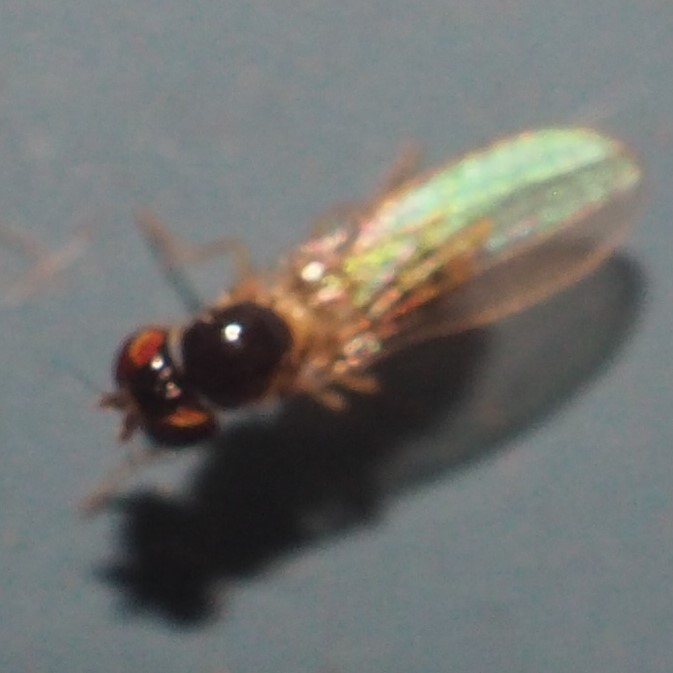

.jpg)
Here are a few Moths, all small and unknown to me. I have to post them to iNat. The amazing thing is that almost all of them are identifiable by SOMEONE who has done his/her homework.
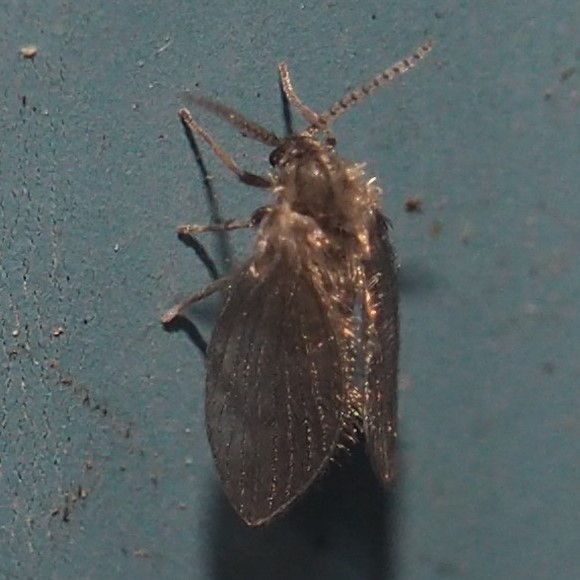

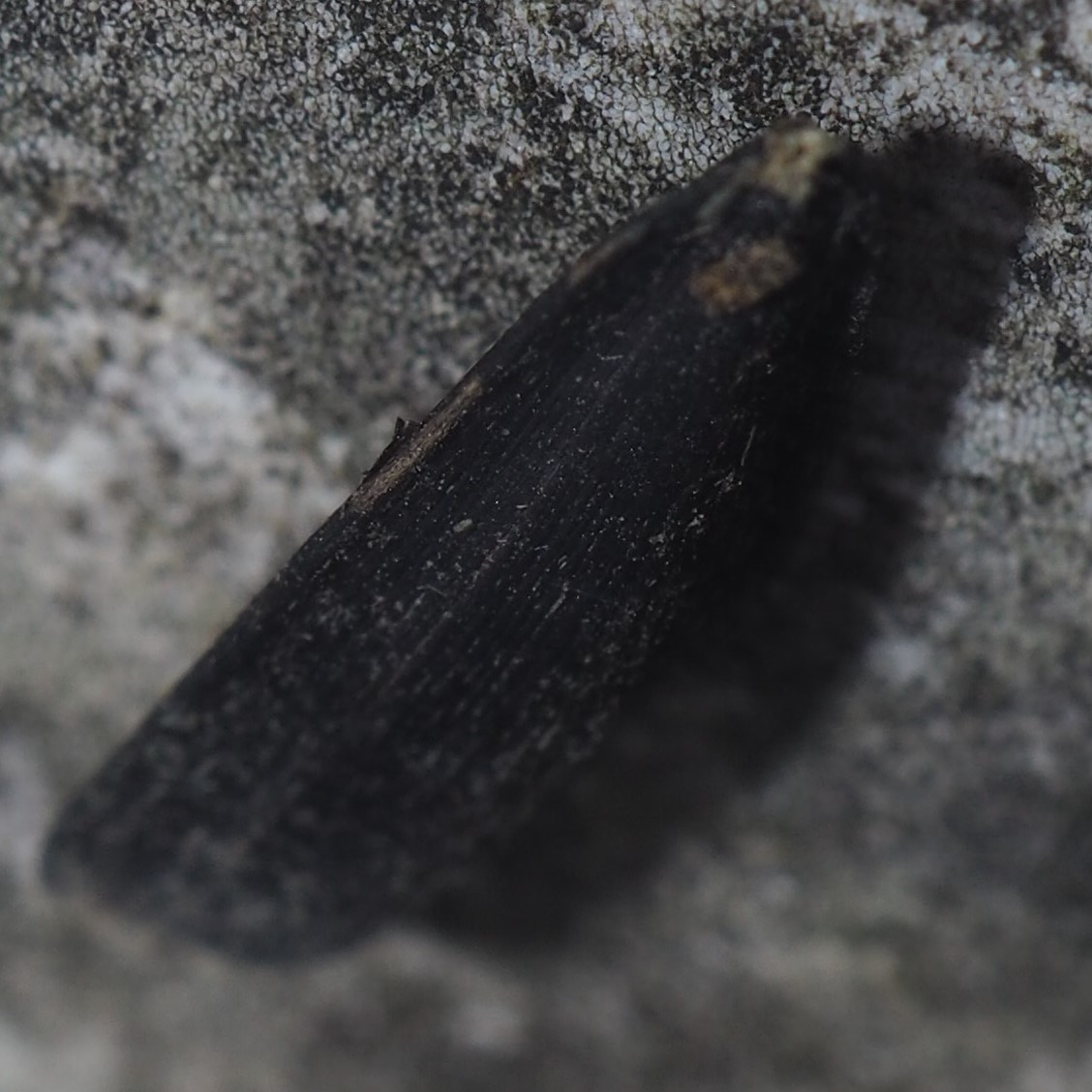
Here are a couple of interesting bedfellows. First is one of the Brown Lacewings, of genus Micromus. And the second is a Dustywings. Many people mistake Dustywings for a Planthopper but it is really related to
the Lacewings.
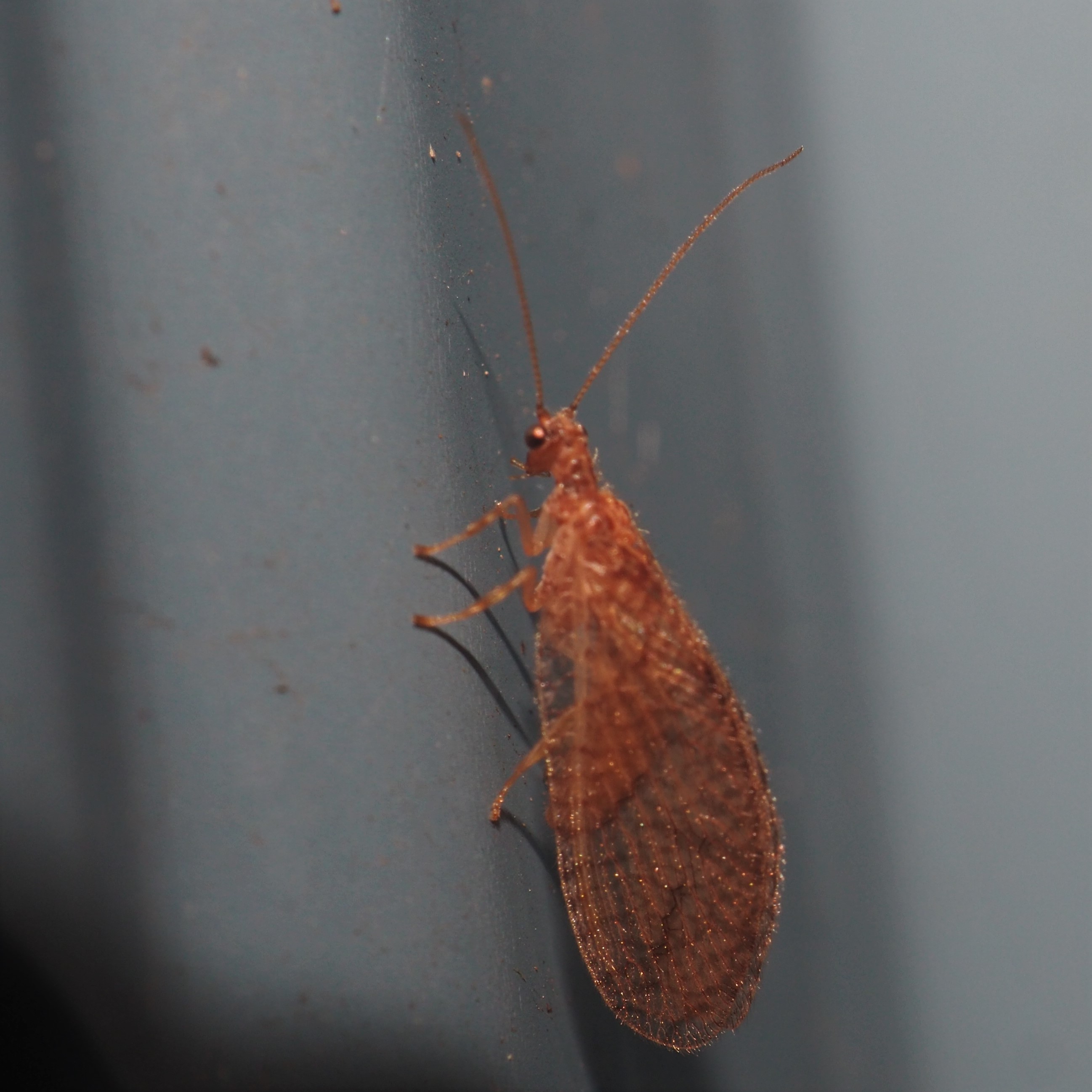

Ordinarily we would by now have begun a stroll through the Flowers. Most of my plants are missing their Flowers, but here are some of the plants sitting out the early coolnesss. First is our beloved Jadesy. Still no sign of flower buds inside the smaller leaf pairs. Then you see the Rose Campion plant. I need to clip off the spent stems now. Last is one of the two Thistle plants I potted from little plants that came up in the grass out front. Maybe I can keep them alive to try to attract the Keeled Treehoppers.

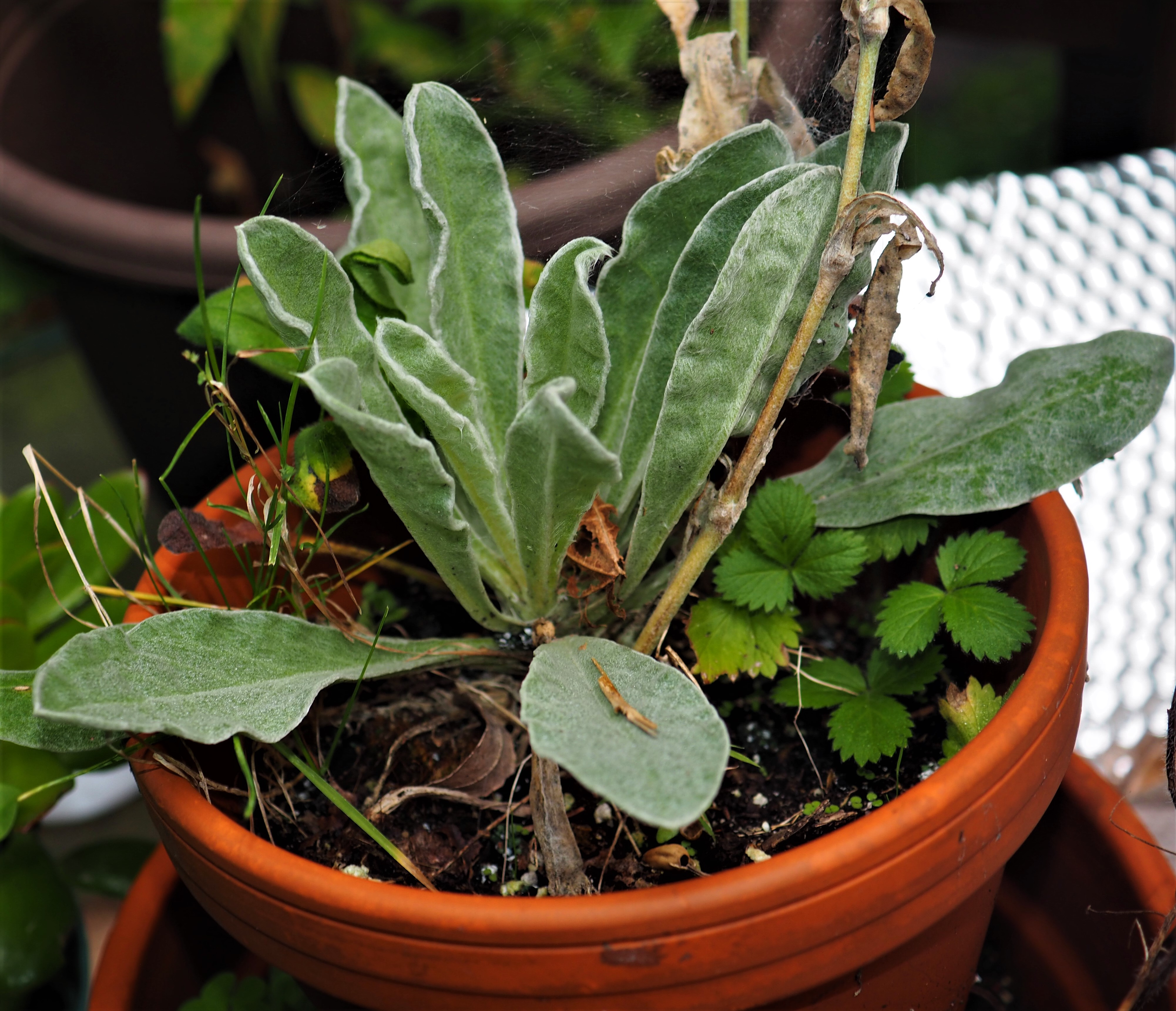
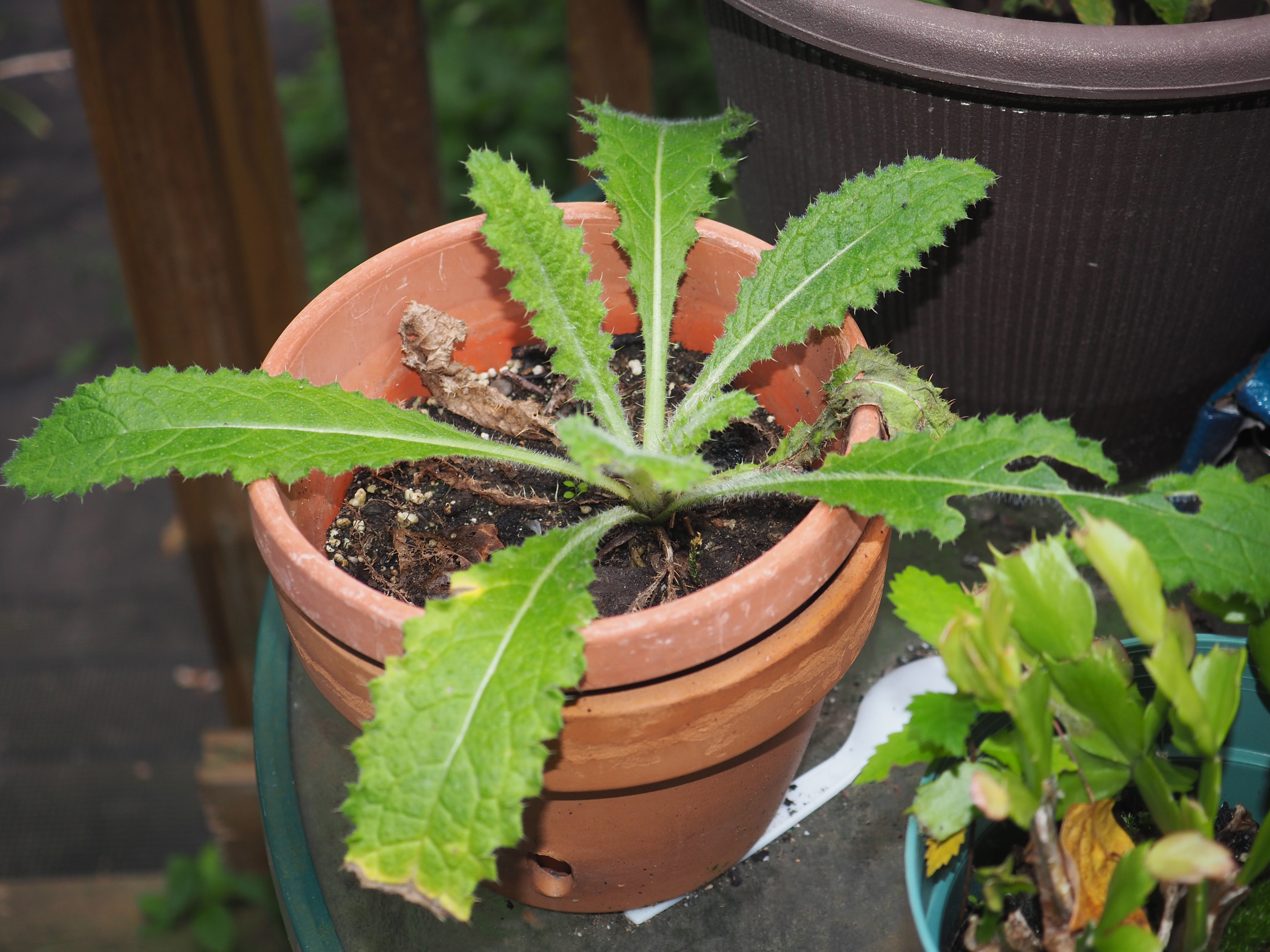
Here are some goopy rainy shots of the Euonymus and Dogwood (picture 2). Thought you'd like to see the pretty colors they are taking on though.
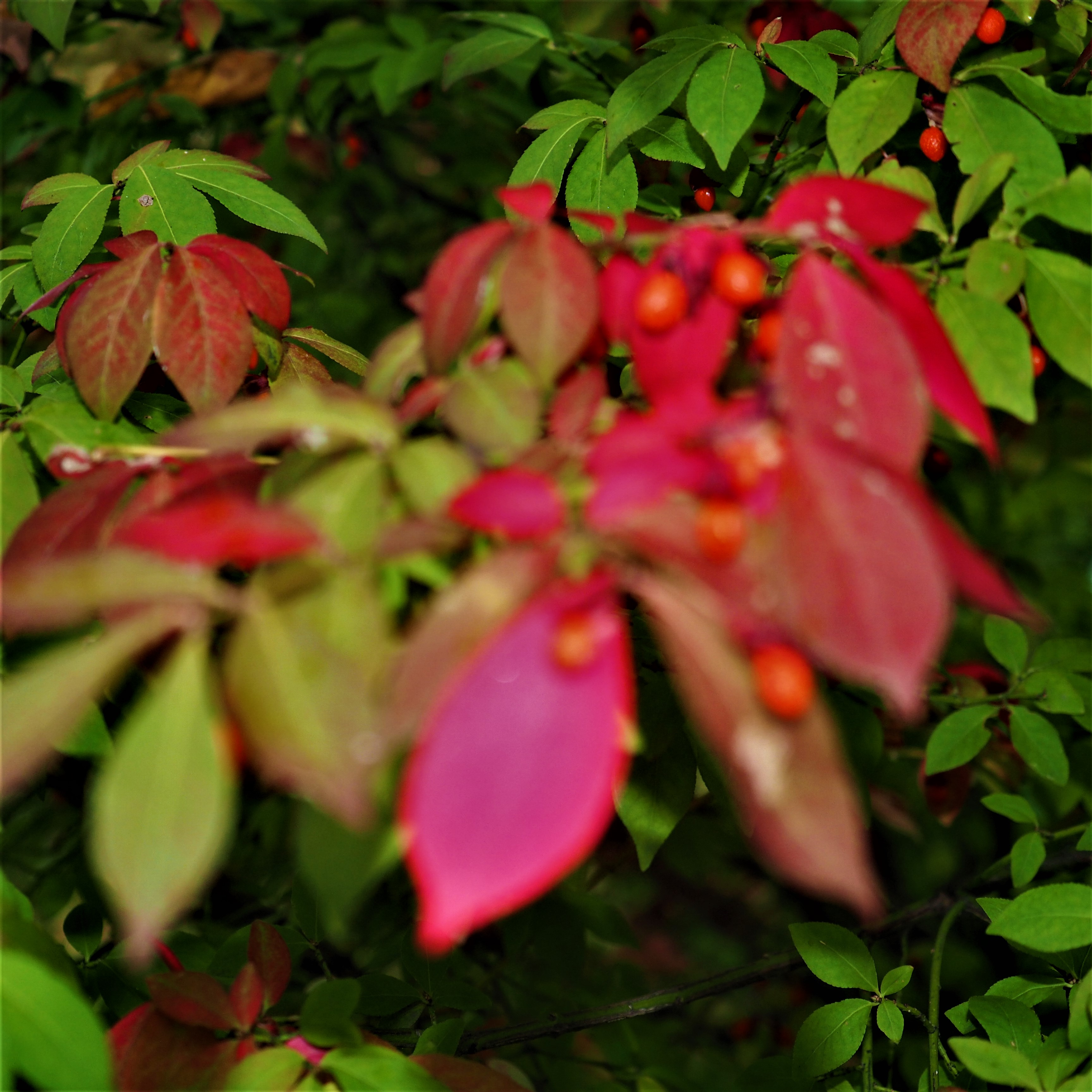

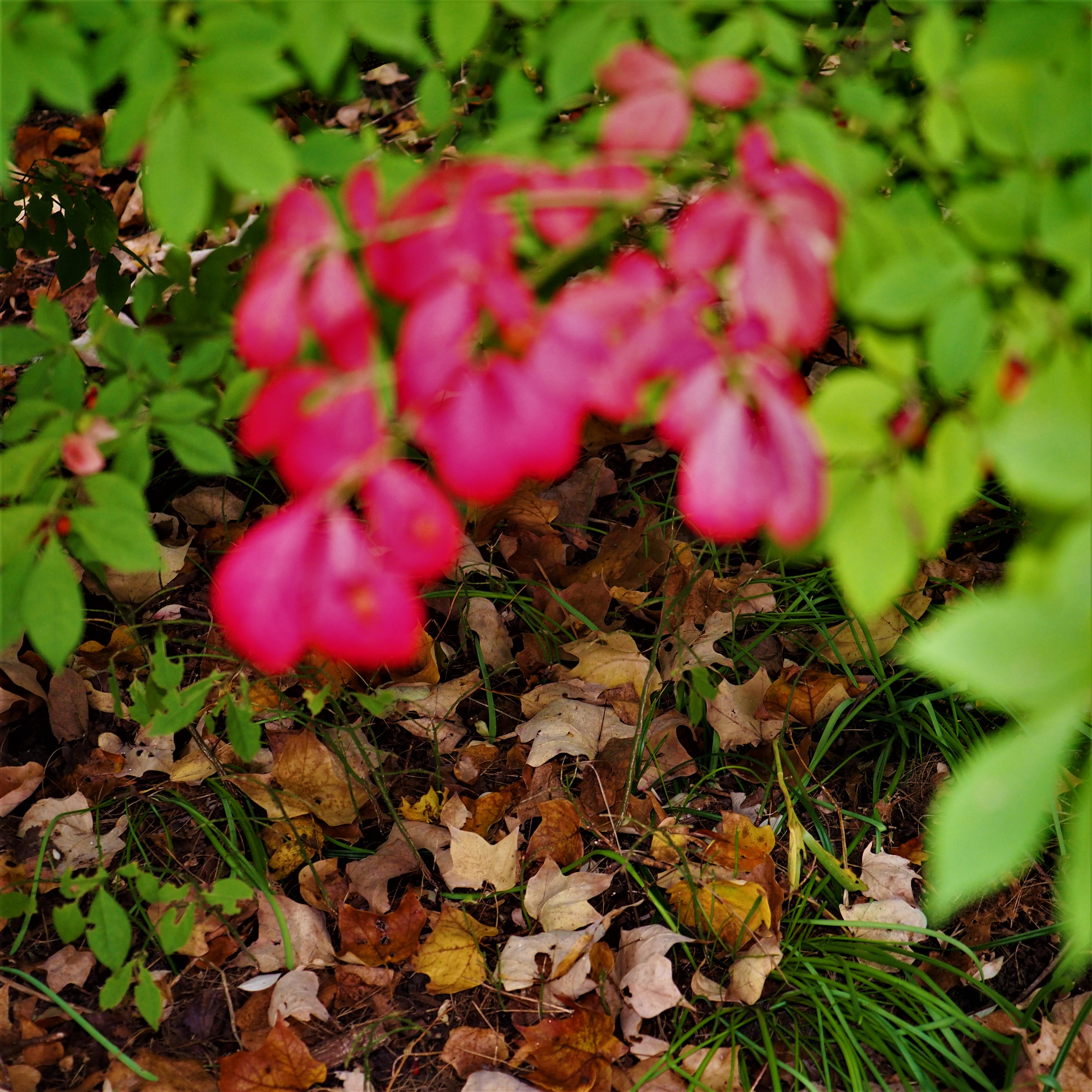
We're bracing for a colder Fall and then winter. But here are some interesting Harvestmen.
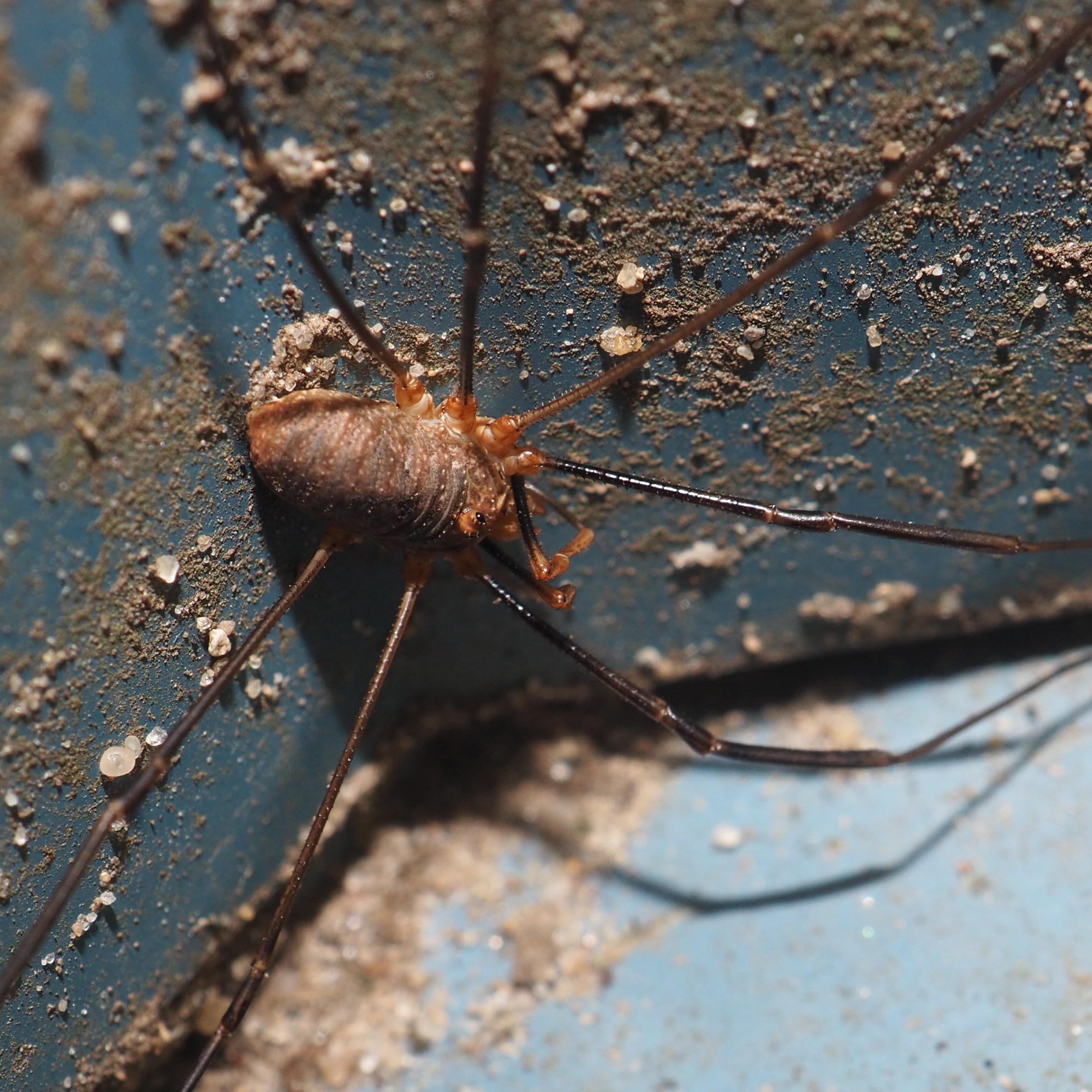
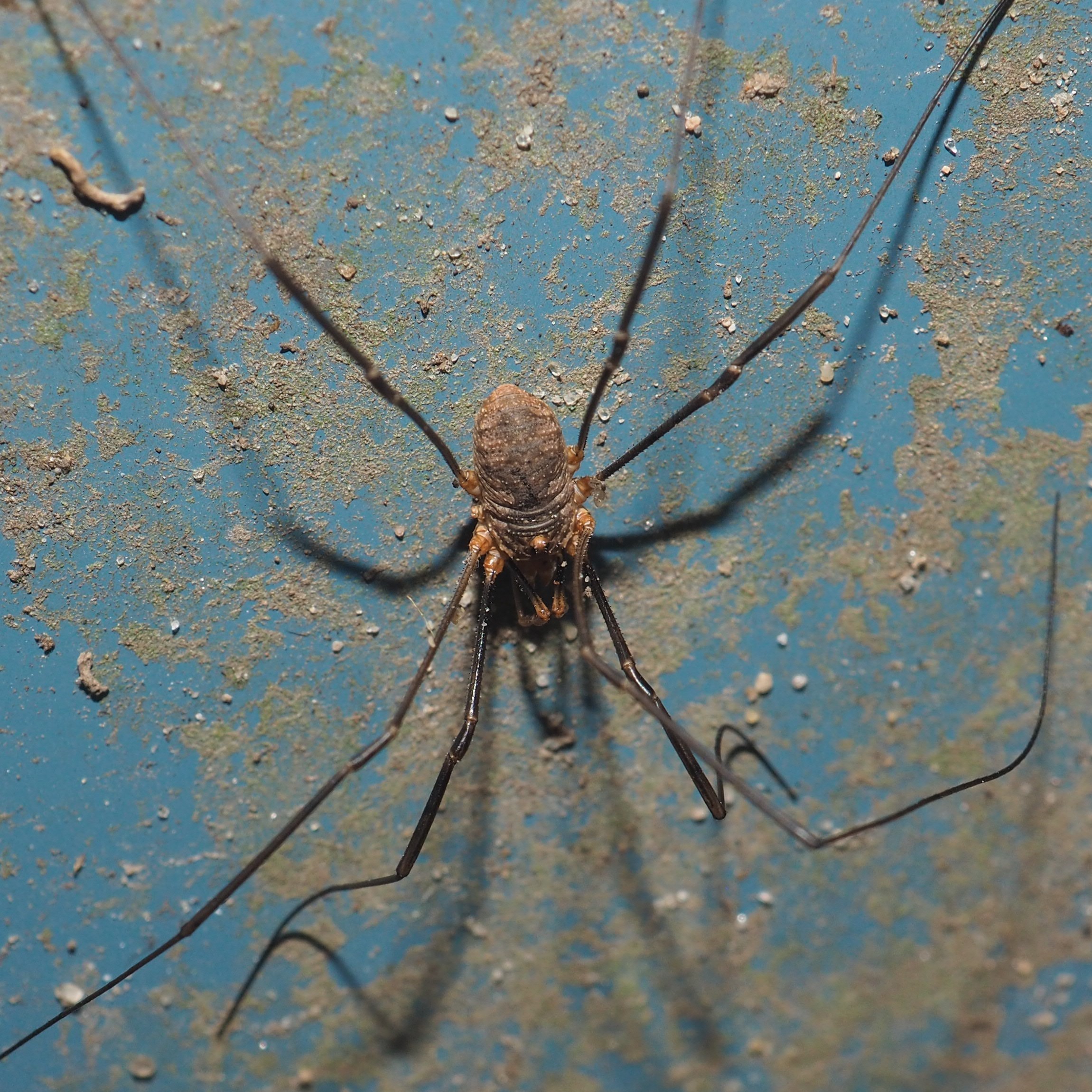

Here are a couple of interesting bedfellows. First is one of the Brown Lacewings, of genus Micromus. And the second is a Dustywings. Many people mistake Dustywings for a Planthopper but it is really related to the Lacewings.


We now turn to the Spiders. Remember the little Cribellate Spider (Uloborus glomosus) that we've seen for two weeks now in that wrapped-legs position? Here it was a week ago on October 17. Next is our Spider on October 23. In other words, it hasn't unfurled its Spidery self and in fact now doesn't show any signs of life. I haven't touched it, honest!
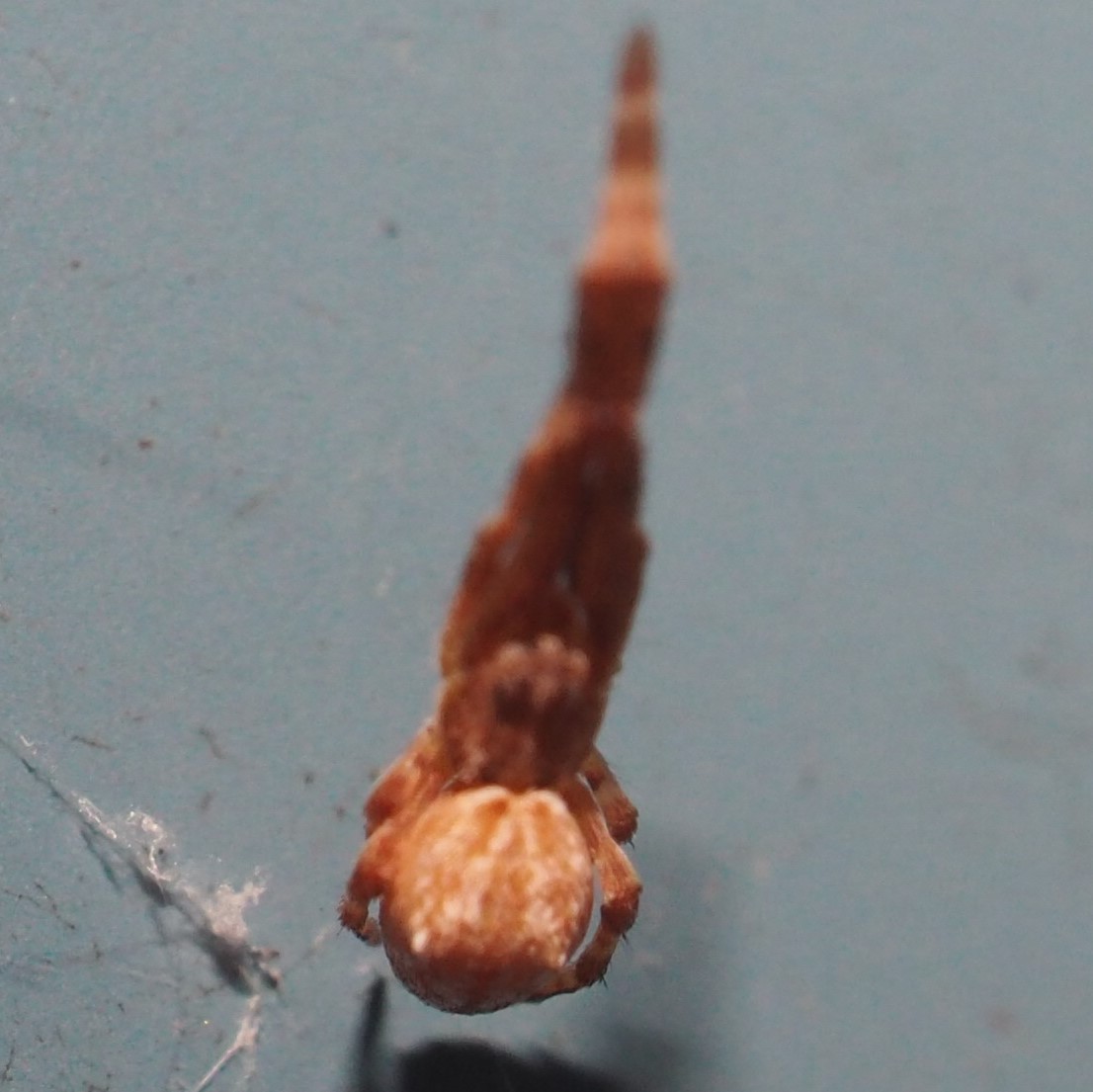
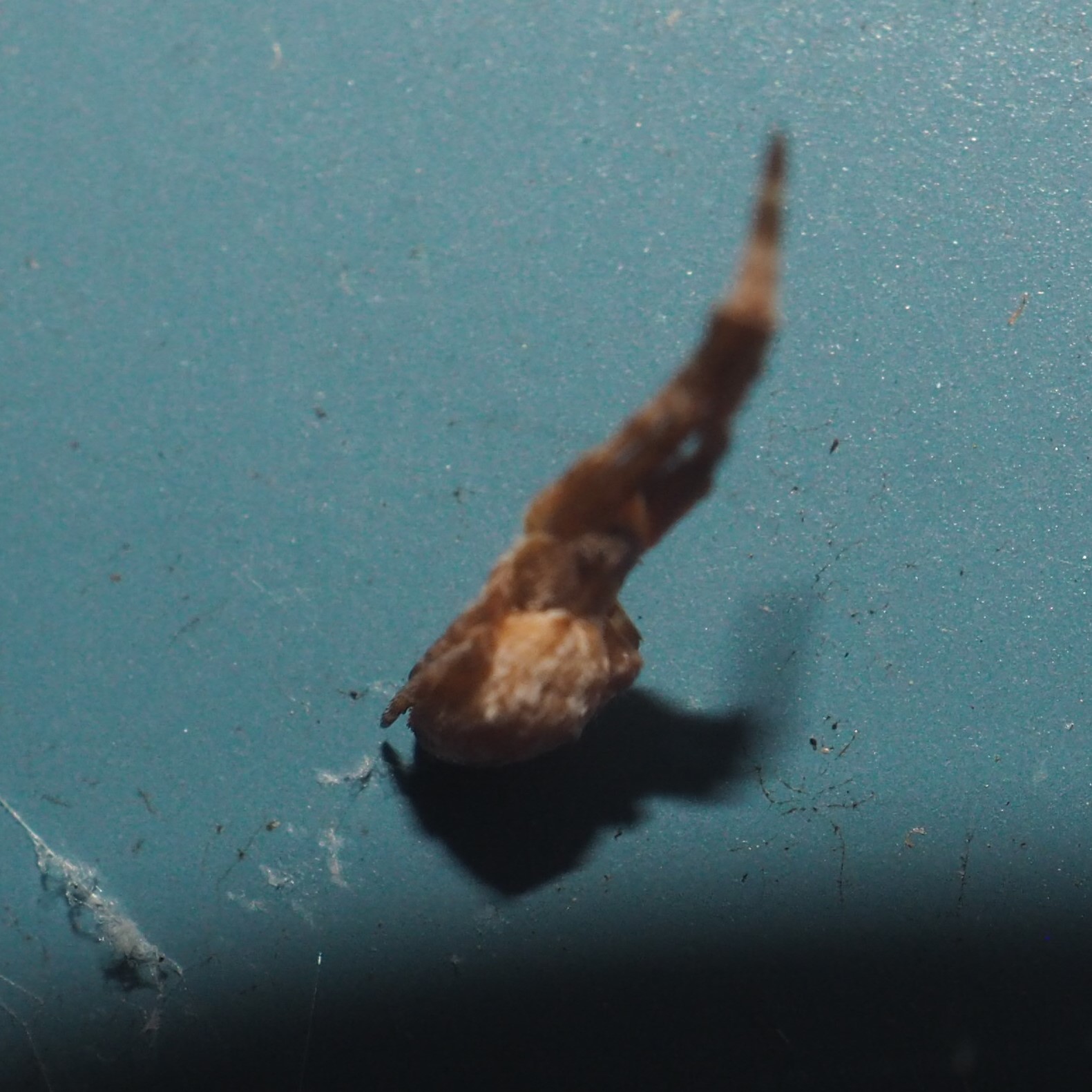
Although I've searched every day to see what is happening to our one Mimetus Spider, I had only this one sighting of it this week. Next is a Crab Spider, which I think is a Ground Crab Spider. Whatever this name means, it is not a Crab Spider that has been ground to bits. Maybe they are supposed to be found on the Ground, but here they mostly show up on the Wall. Who knows? Next is another of those Long-palped Ant Mimics. I've now seen them three places along the Wall, but I'm still not hearing that its palps are long...These two pictures were taken on consecutive days.
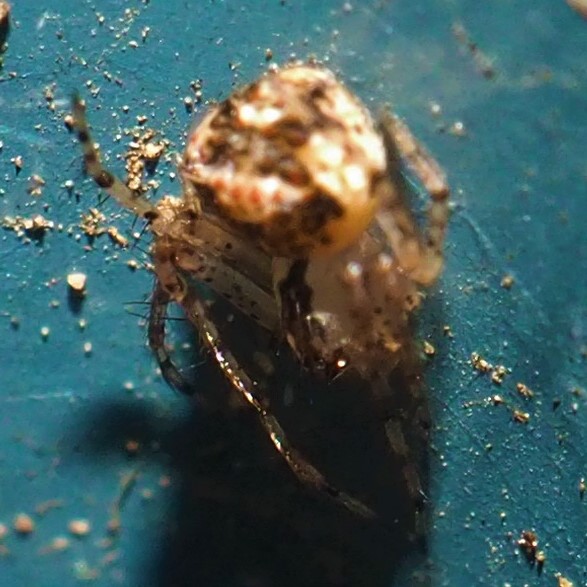
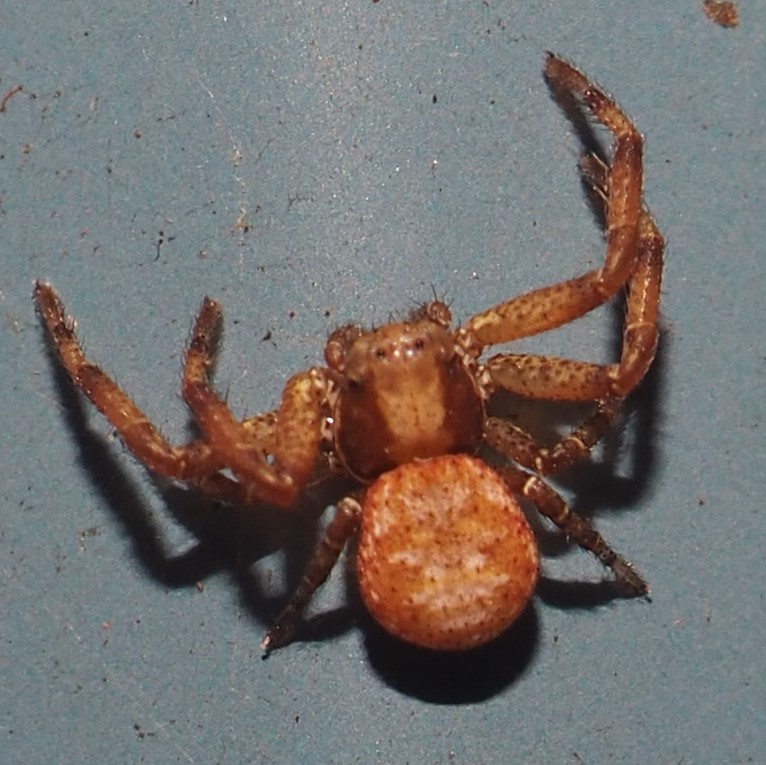
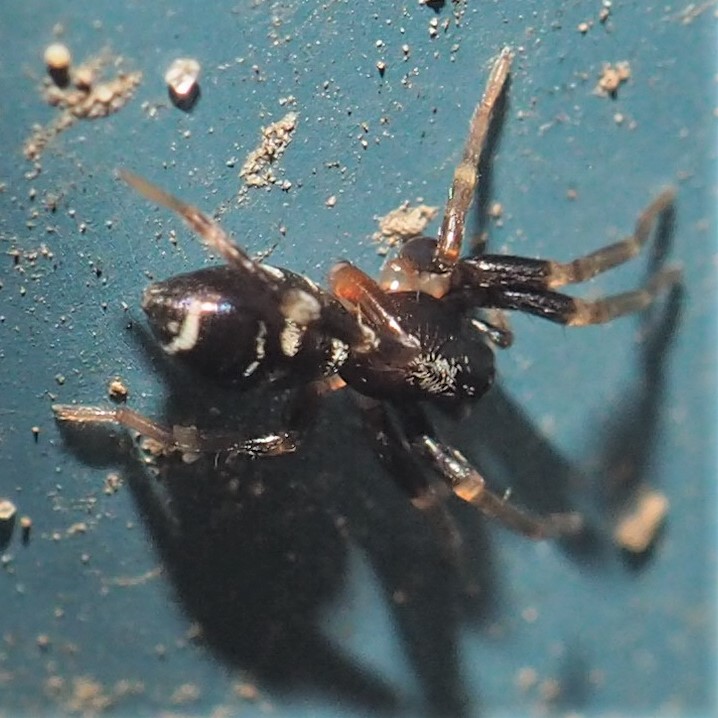

Here is a Cellar Spider. The next two are Mystery Spiders.
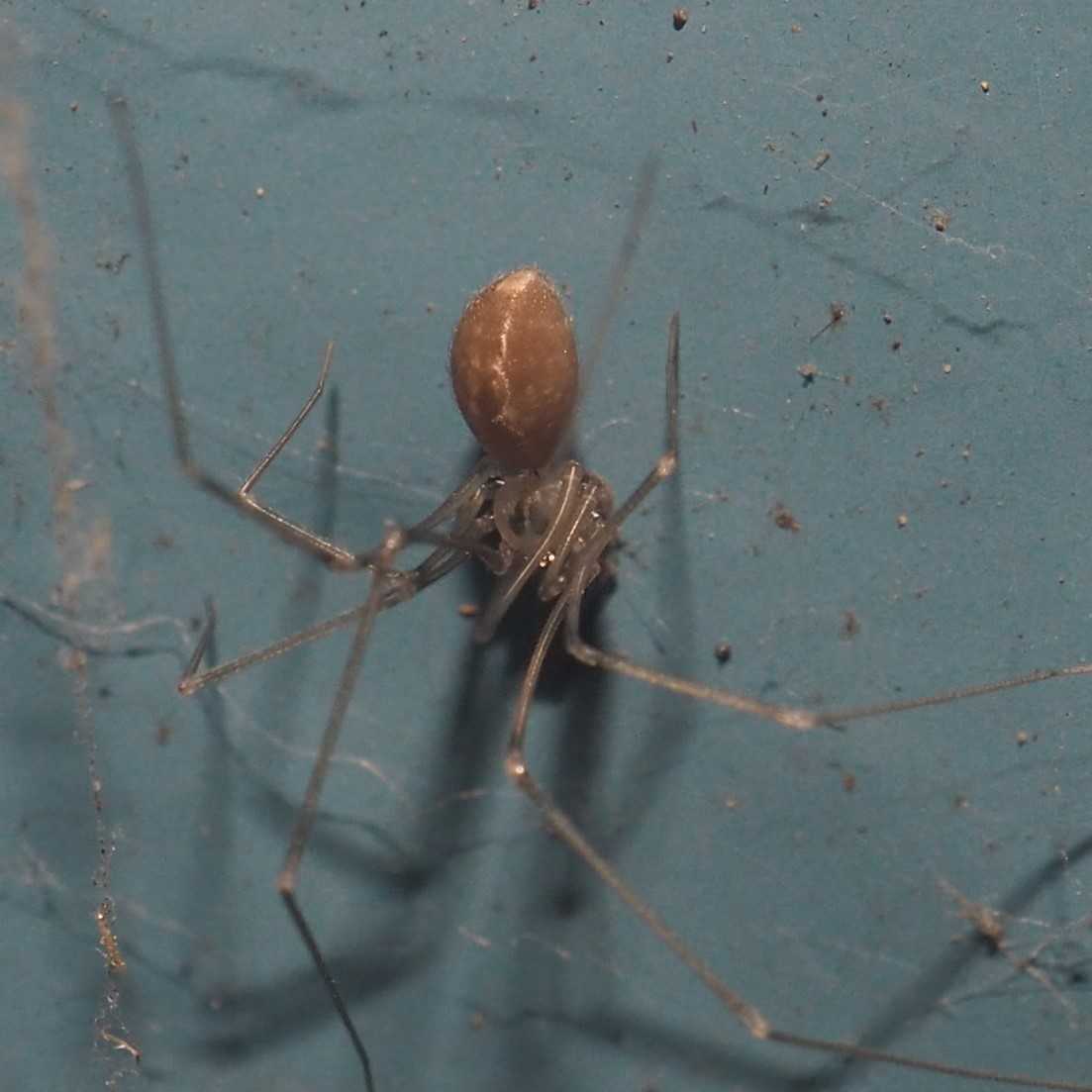
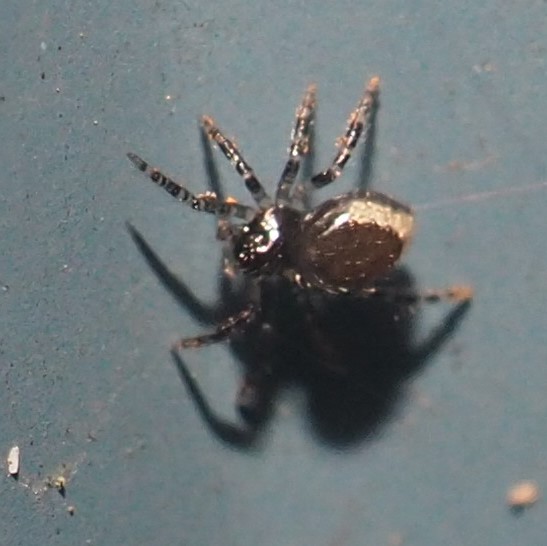
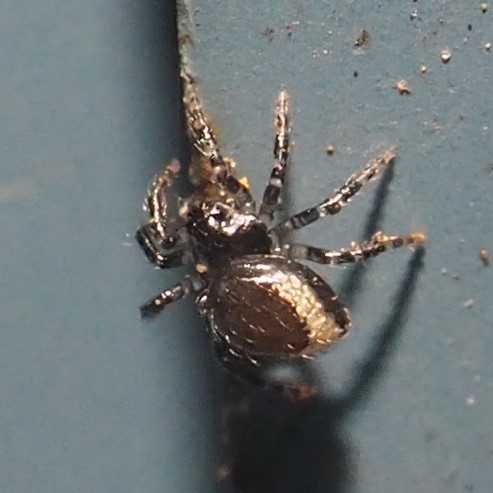
Now we have a Lot pictures capturing various Spiders handling their prey. The first one, a Common House Spider, seems to have corraled a Grub of some sort. Second and third show Spiders with different Beetle prizes.
Actually number 2 has a Grub as well as a Beetle.

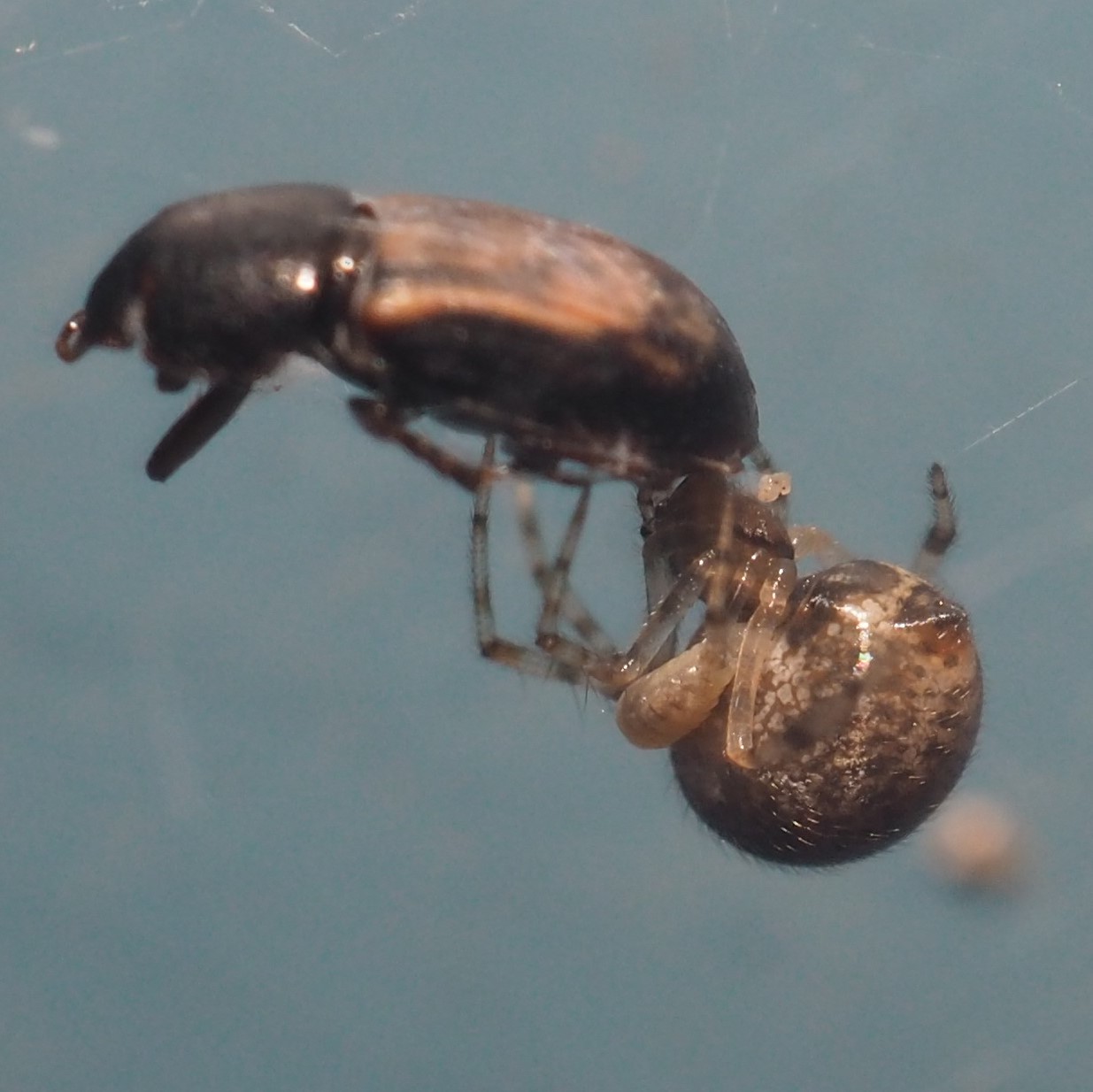
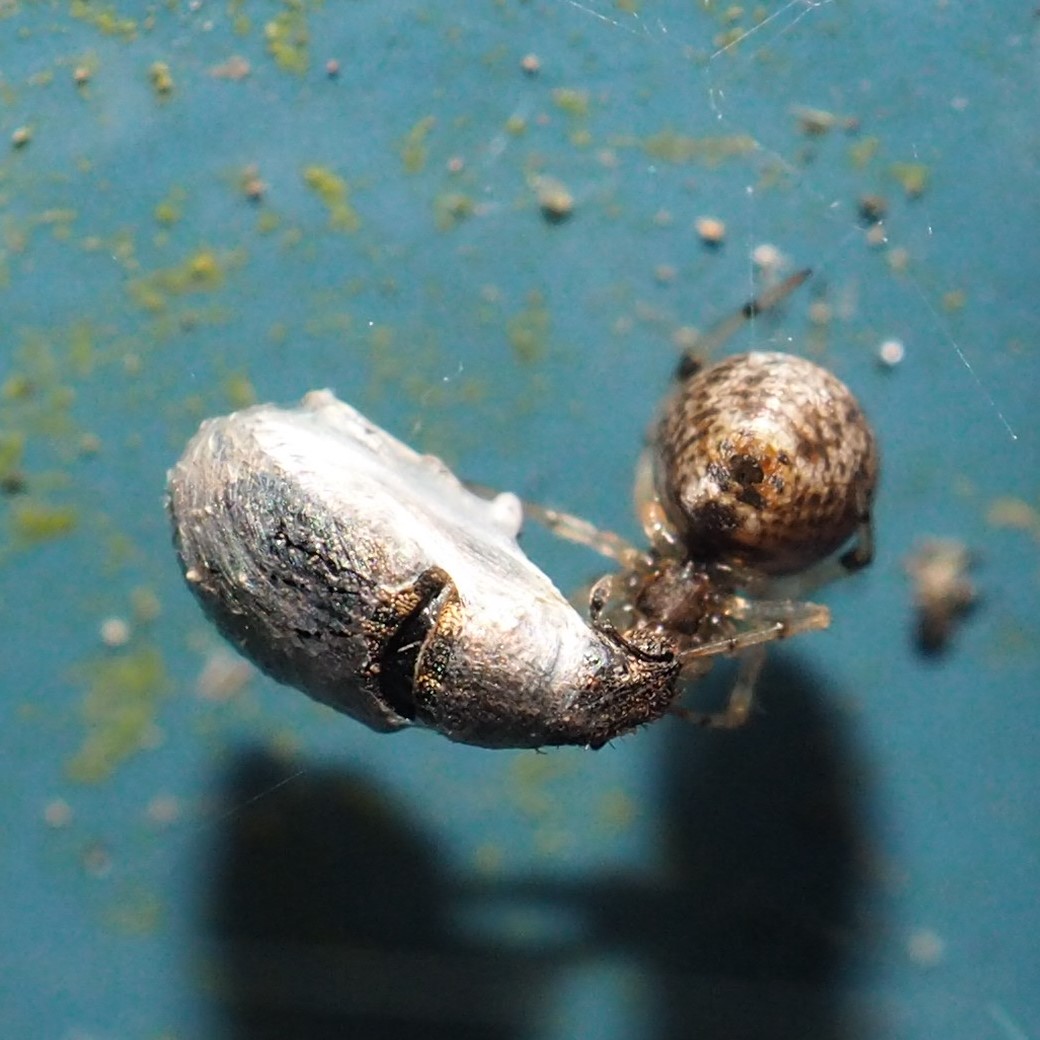
Here is a small group of Wasps. They are terribly hard to identify to species. But I think I can say the first one is an Ichneumonid Wasp. (Look at that ovipositor!) The next two are the same Wasp (as each other).
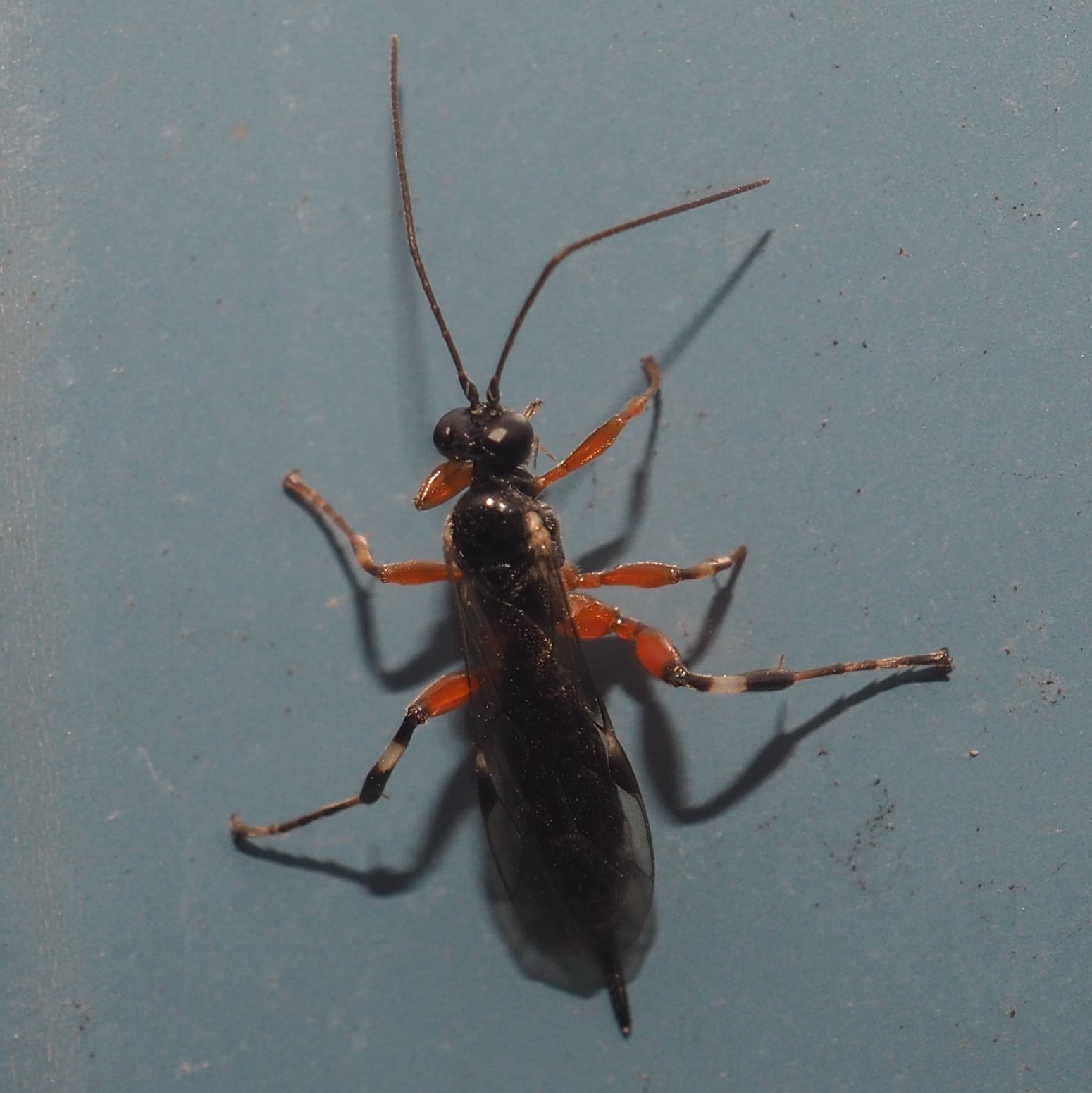
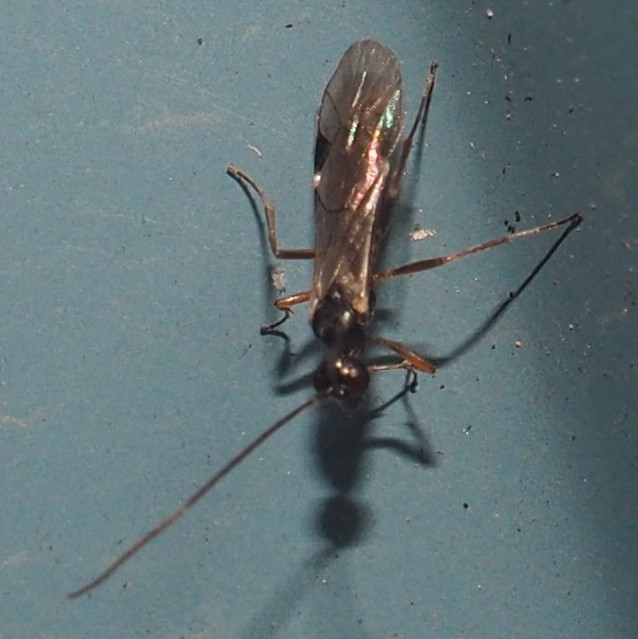
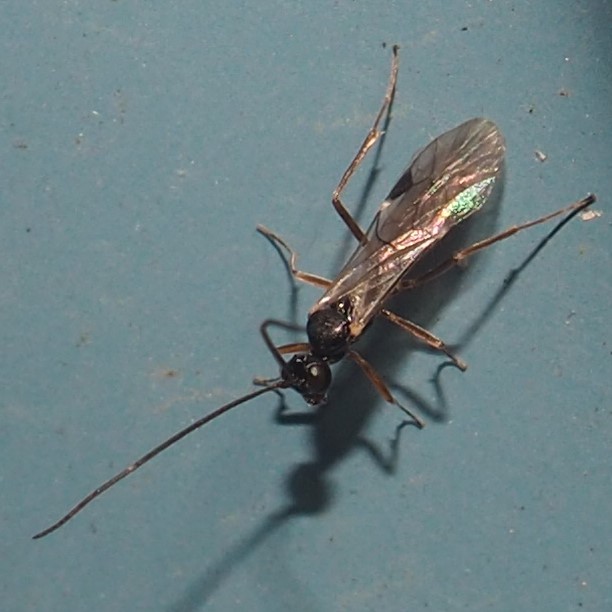
The Frogs have more or less gone into preparation for the long winter's hibernation. I haven't seen the smallest one for at least a week and a half. Until I put down that leaf net, I could still find one of the larger ones. Until it got caught in the place where I moved the net so that frogs could still come and go. The fishes were also getting caught. So I have decided to just use a fishnet to get the few leaves that fall in until they become overwhelming. Whew. The fishes were active and still want to eat. I'm giving them a bit less each time so that they can eventually get down to zero for the winter days.

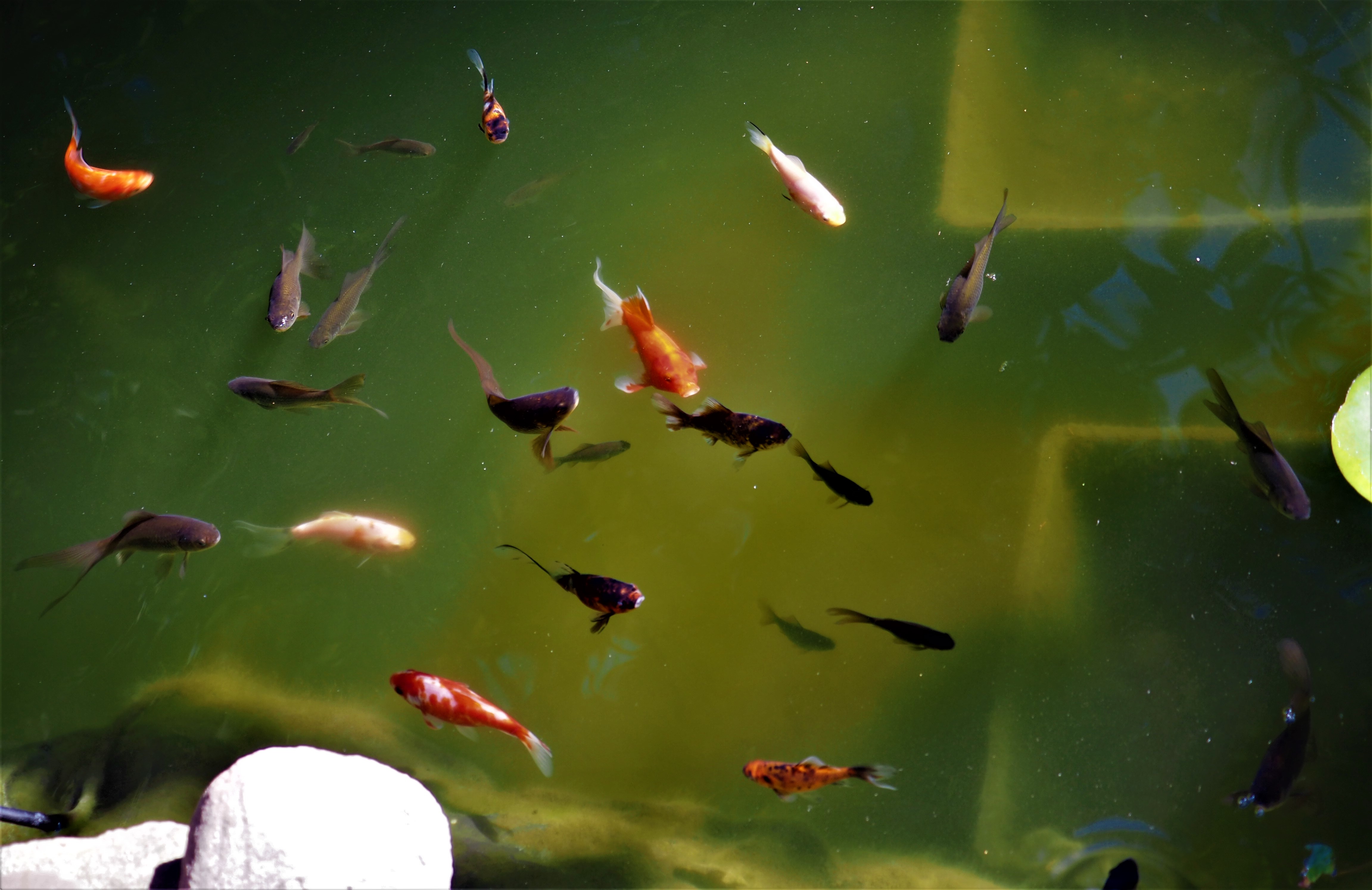
More Fishes. They don't seem very sleepy yet, do they?
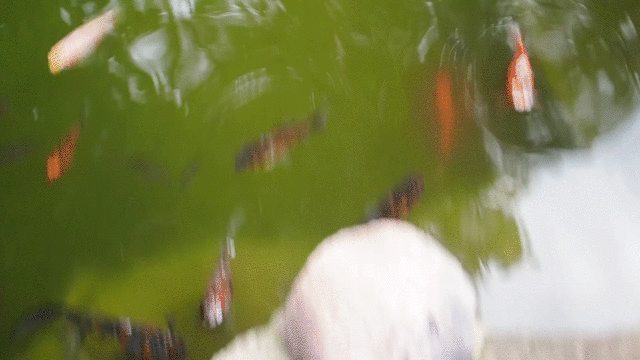
It's been a long week since we communicated with each other, hasn't it? I've been very busy with our senior citizens' classes - just getting them organized is something that doesn't come easily to me! Just remembering to put things onto a calendar is not an easy task. But I want you to know that this time instead of getting a new Two-year calendar, I got a Three-year one - 2022, 2023, and 2024! I figure this is an act of defiance! I hope you have it too! I will need some people to play with in 2025!
Love, Martha
Back to October 17, 2021
Forward to October 31, 2021
Back to main menu
copyright Martha O'Kennon 2021








































































.jpg)

































